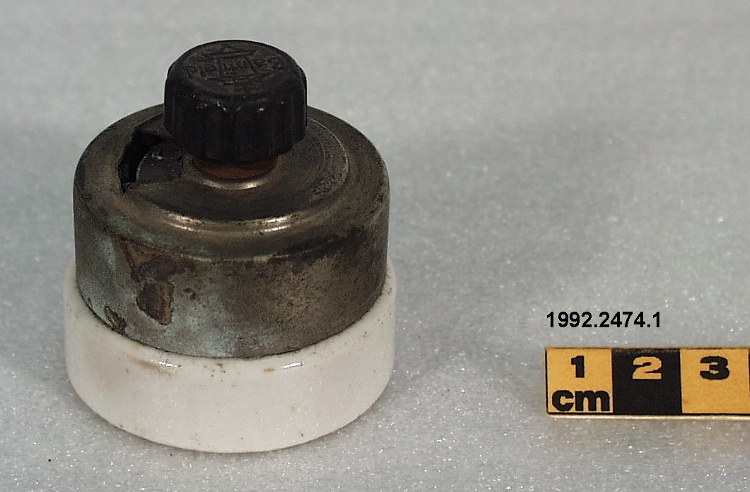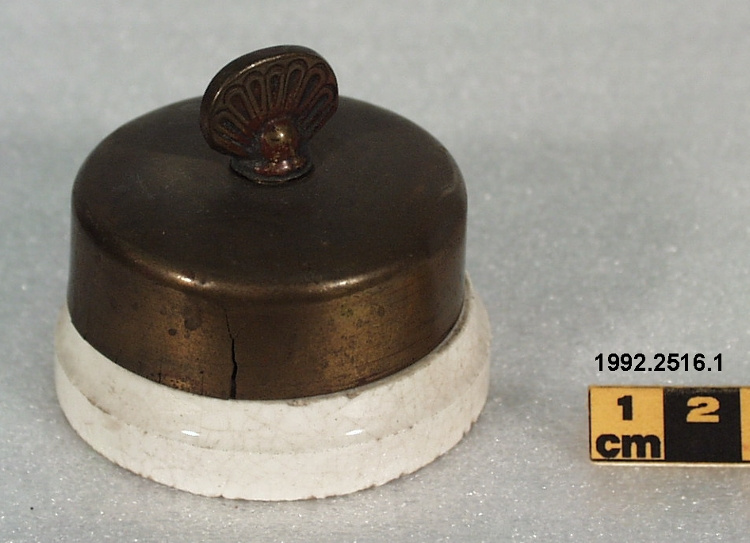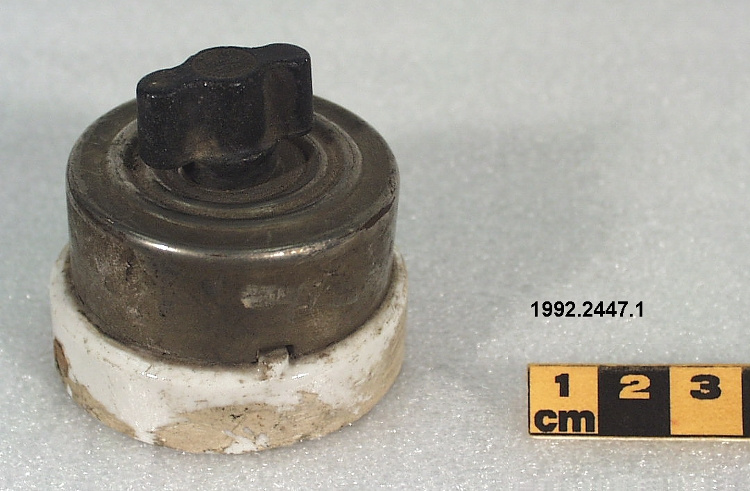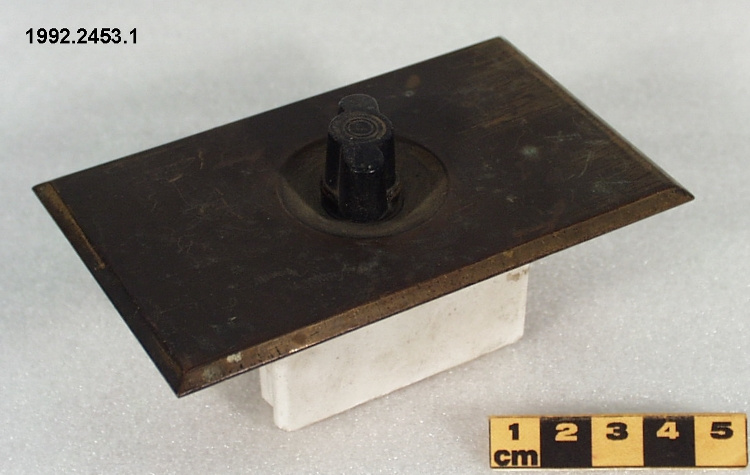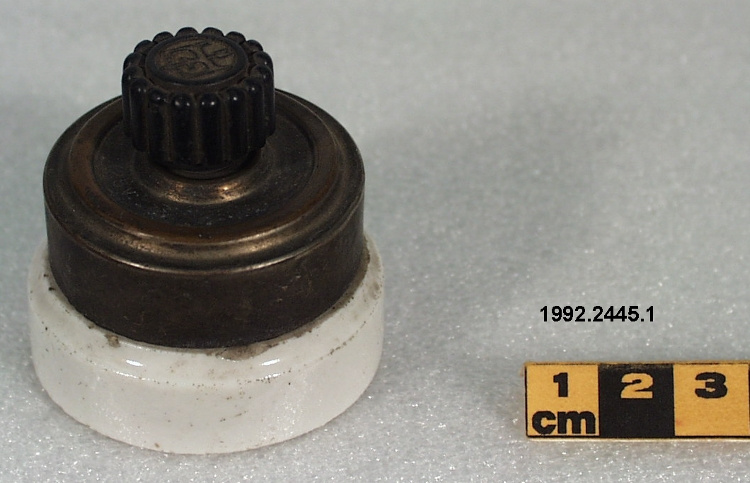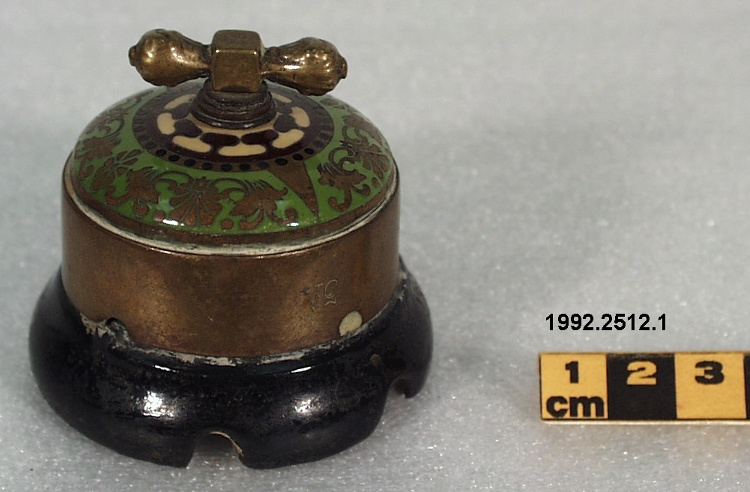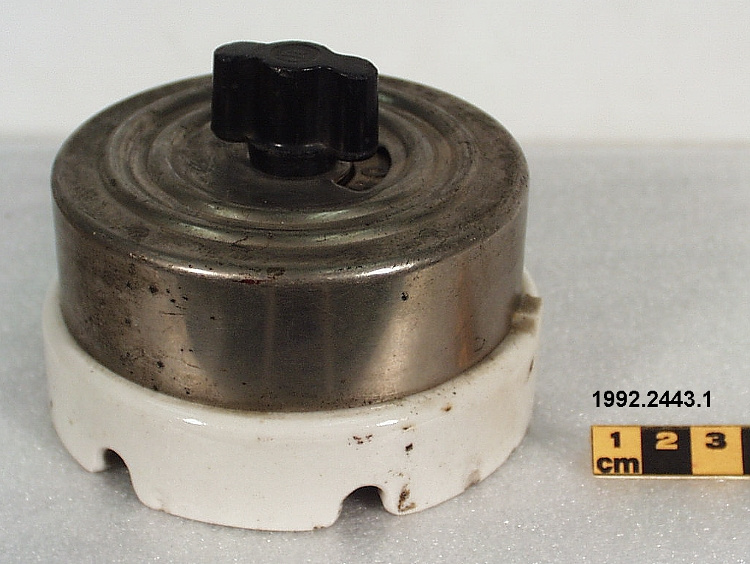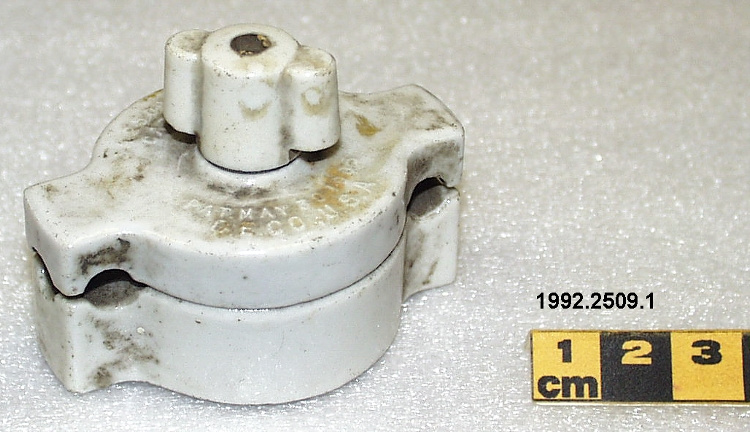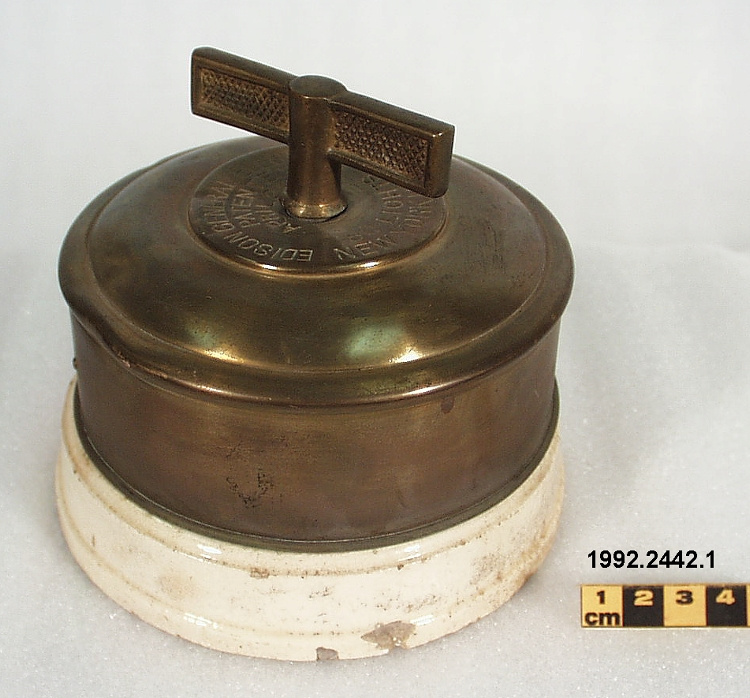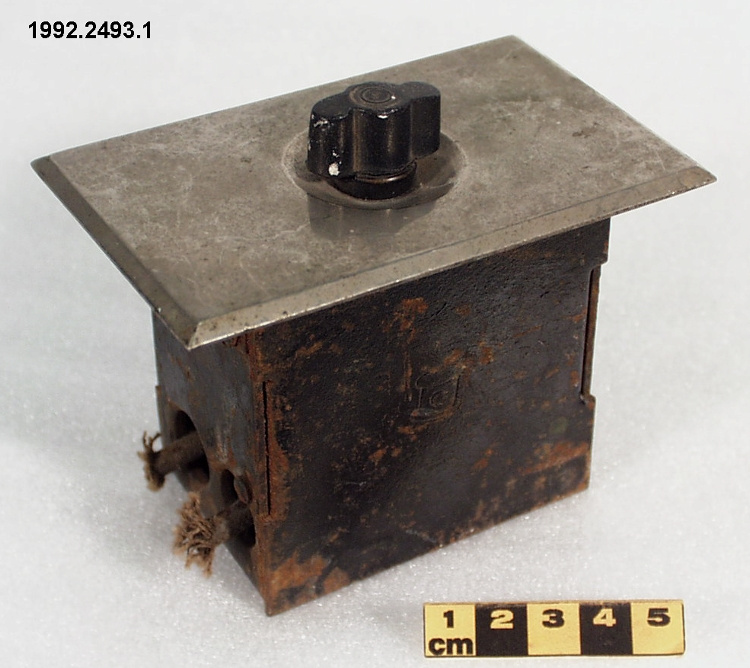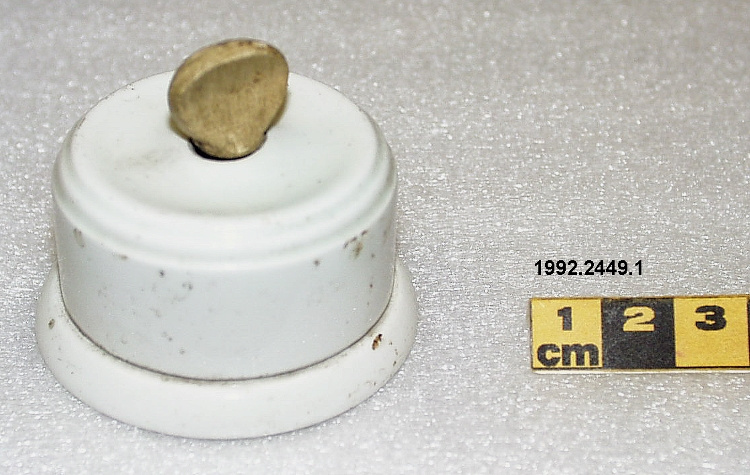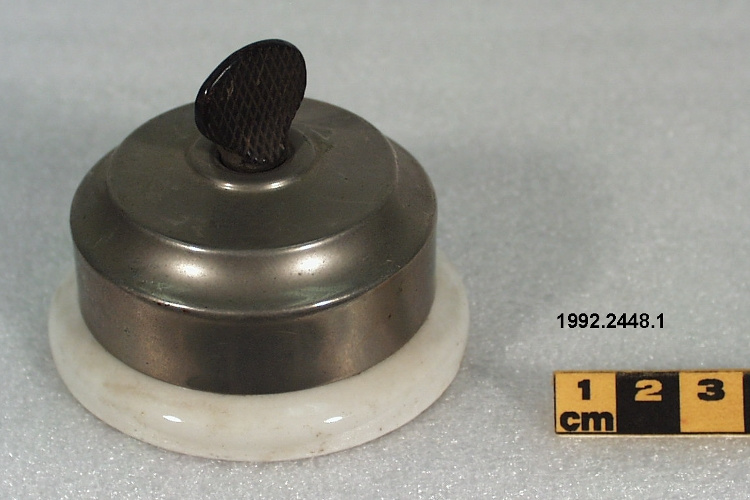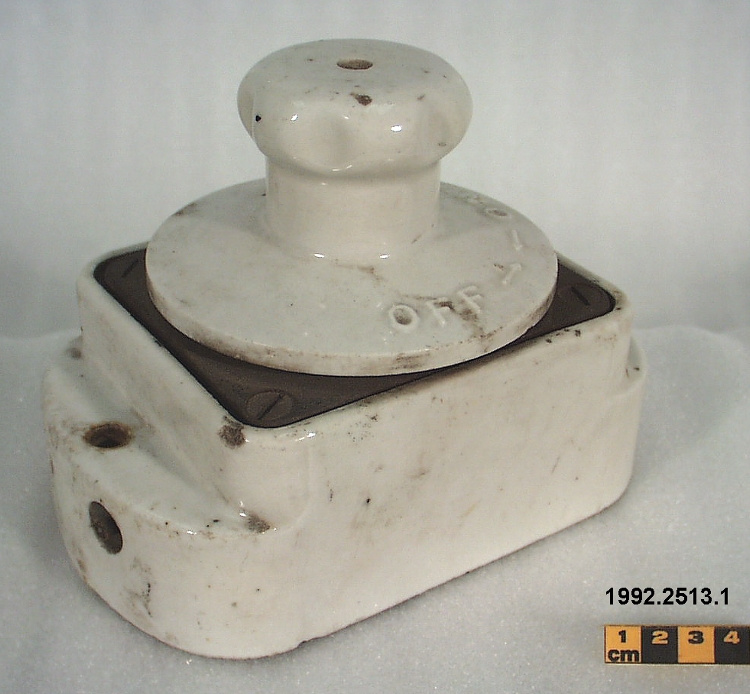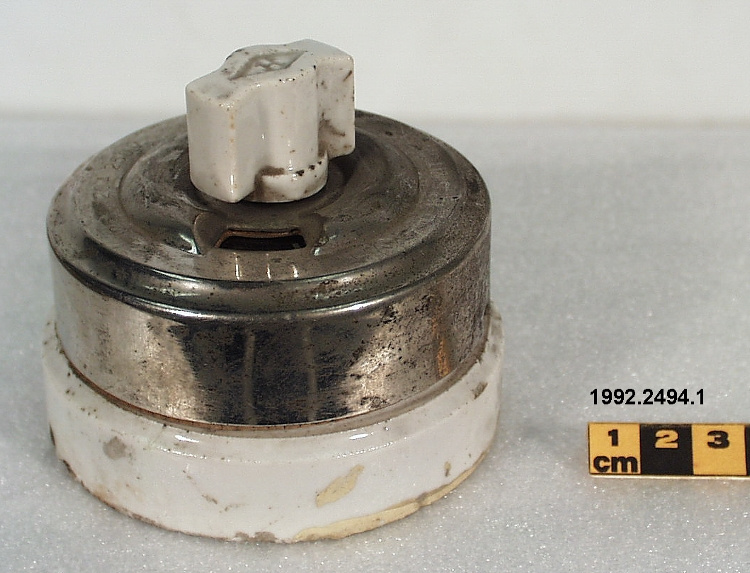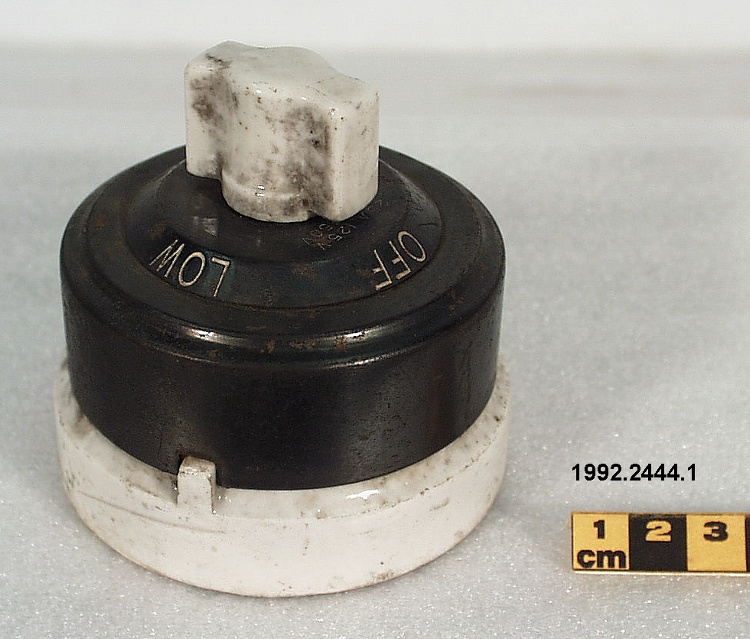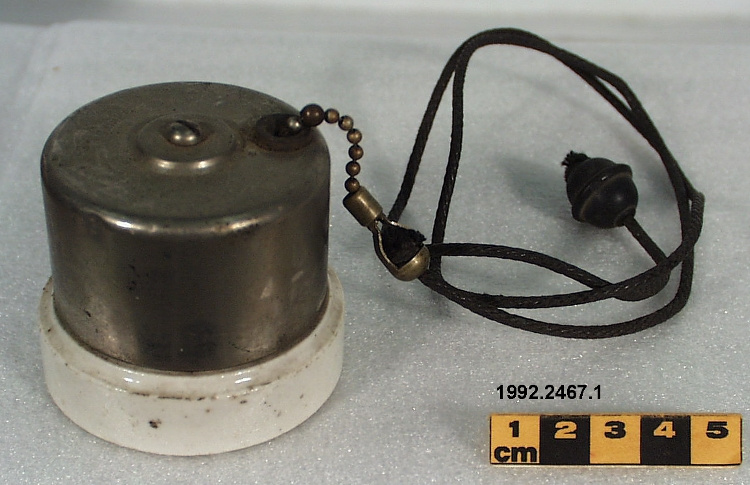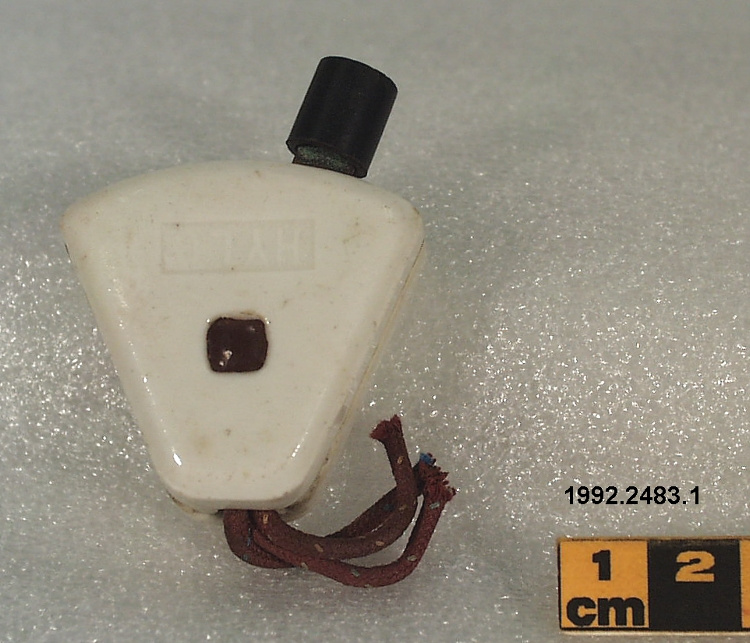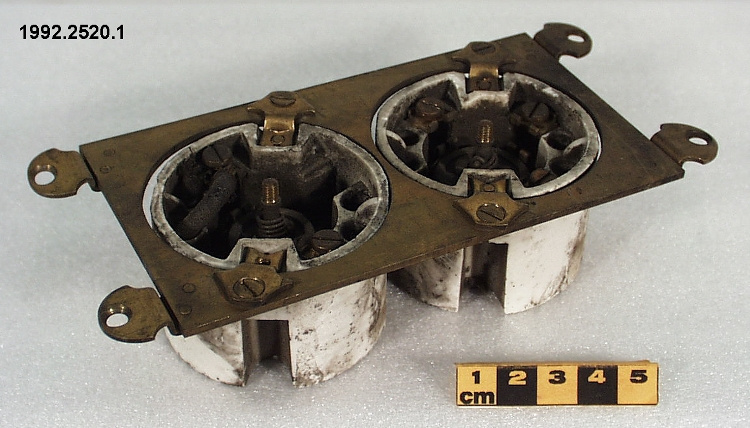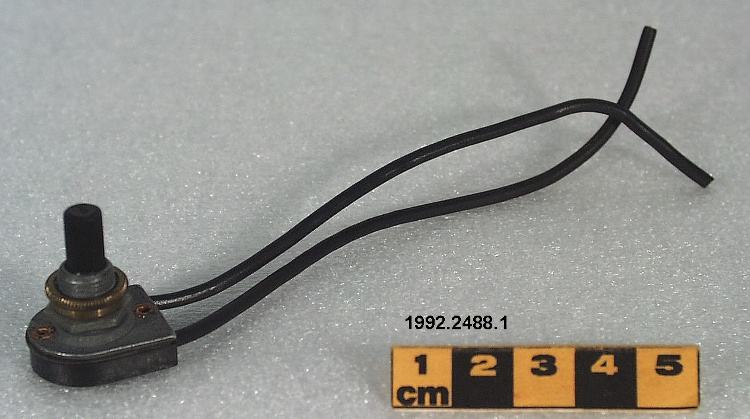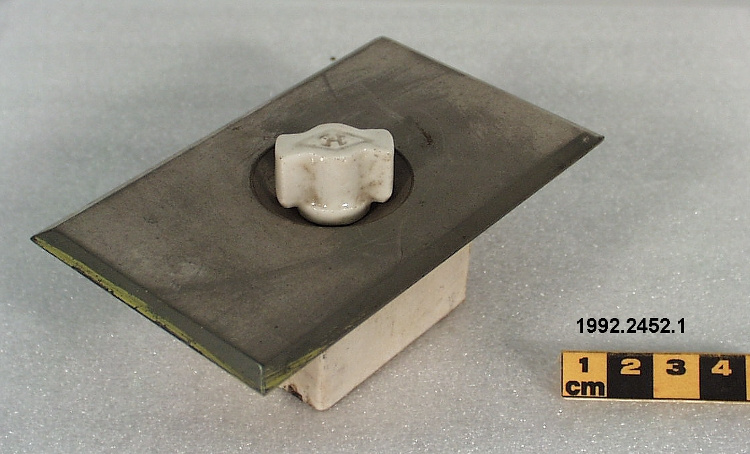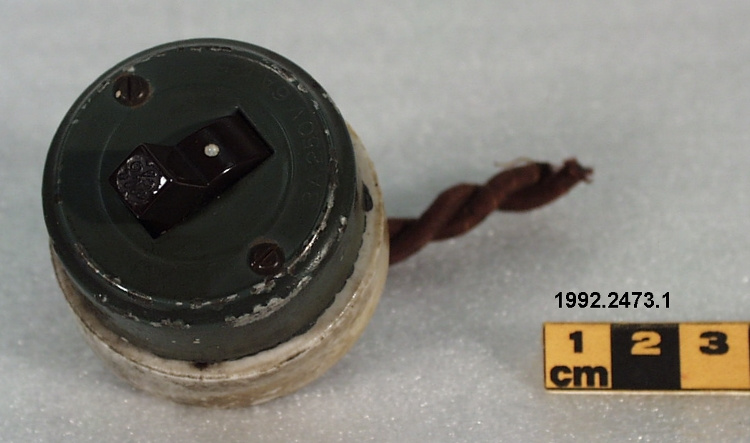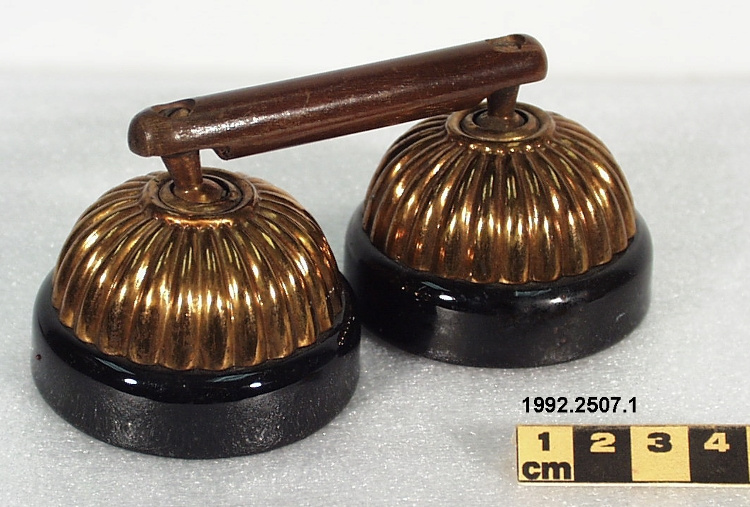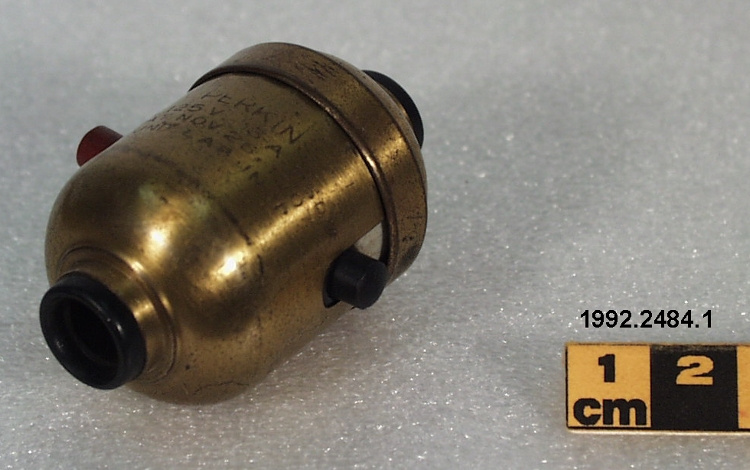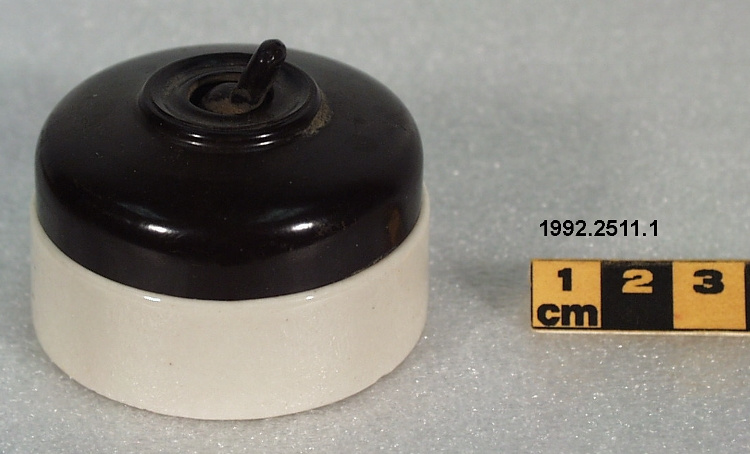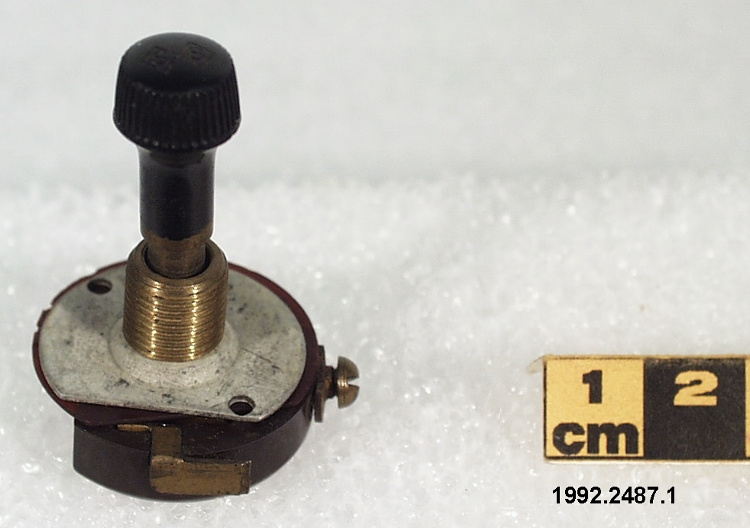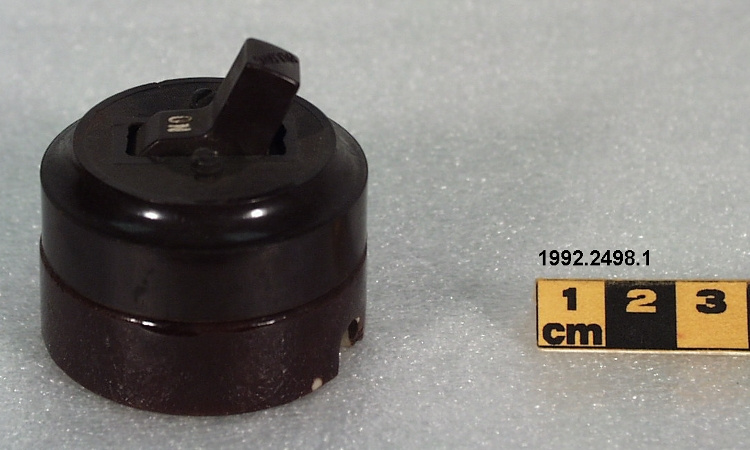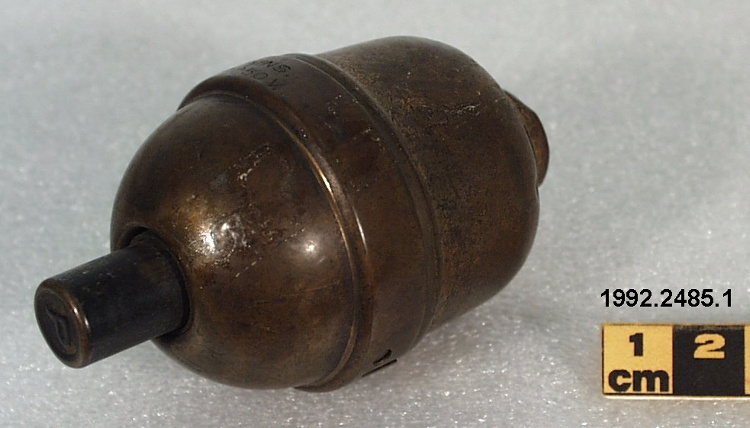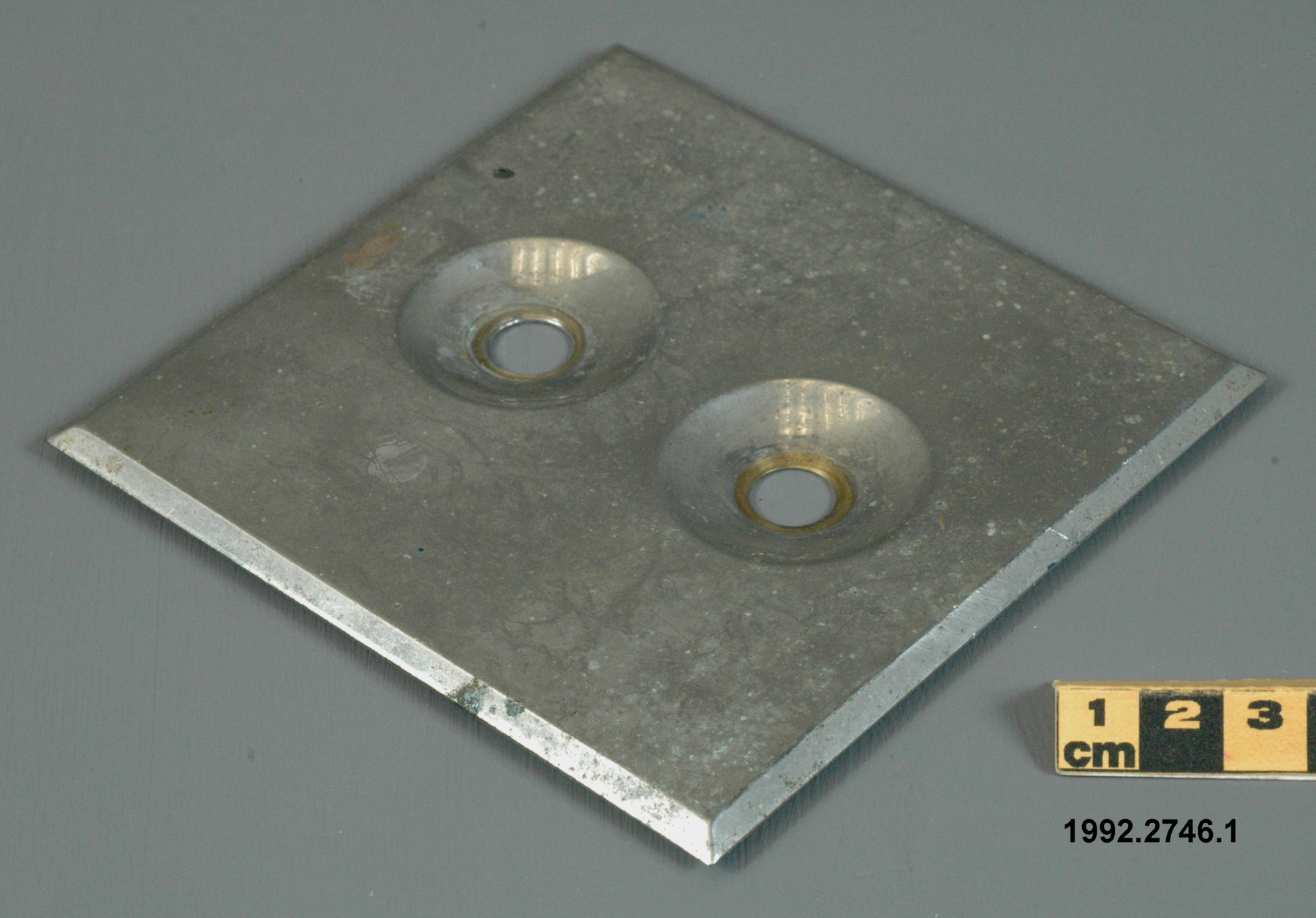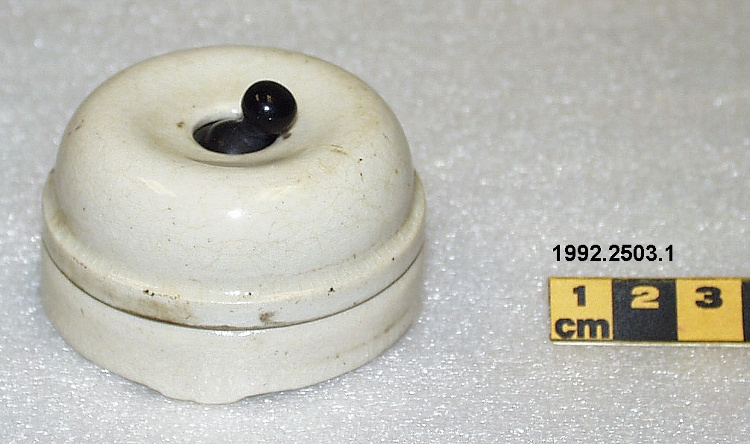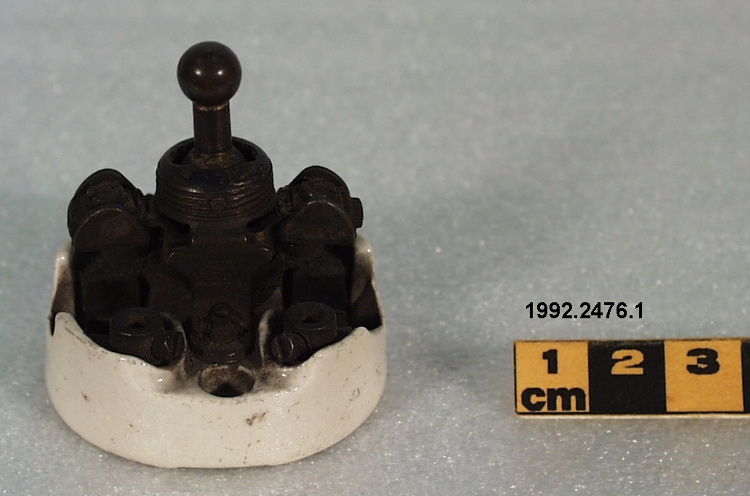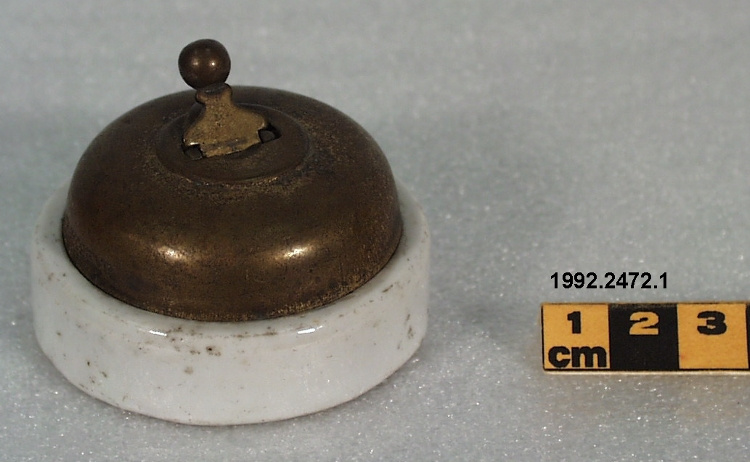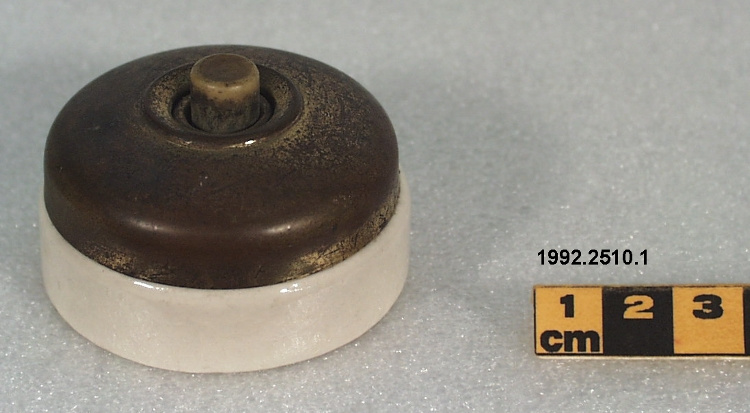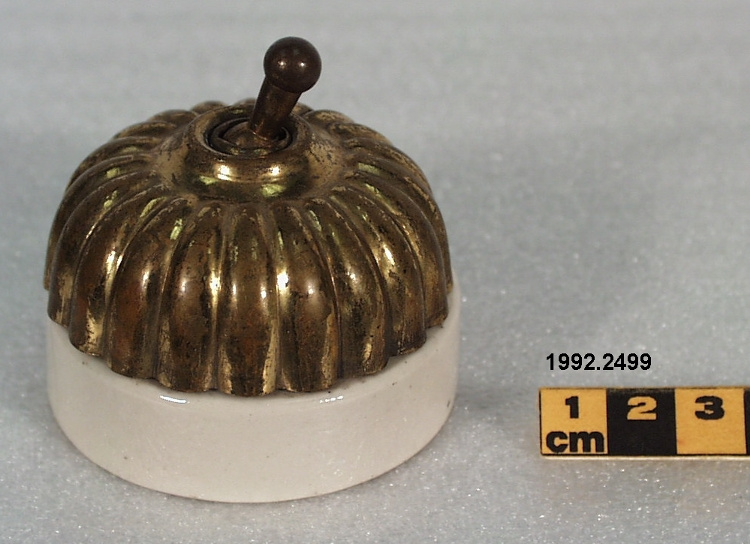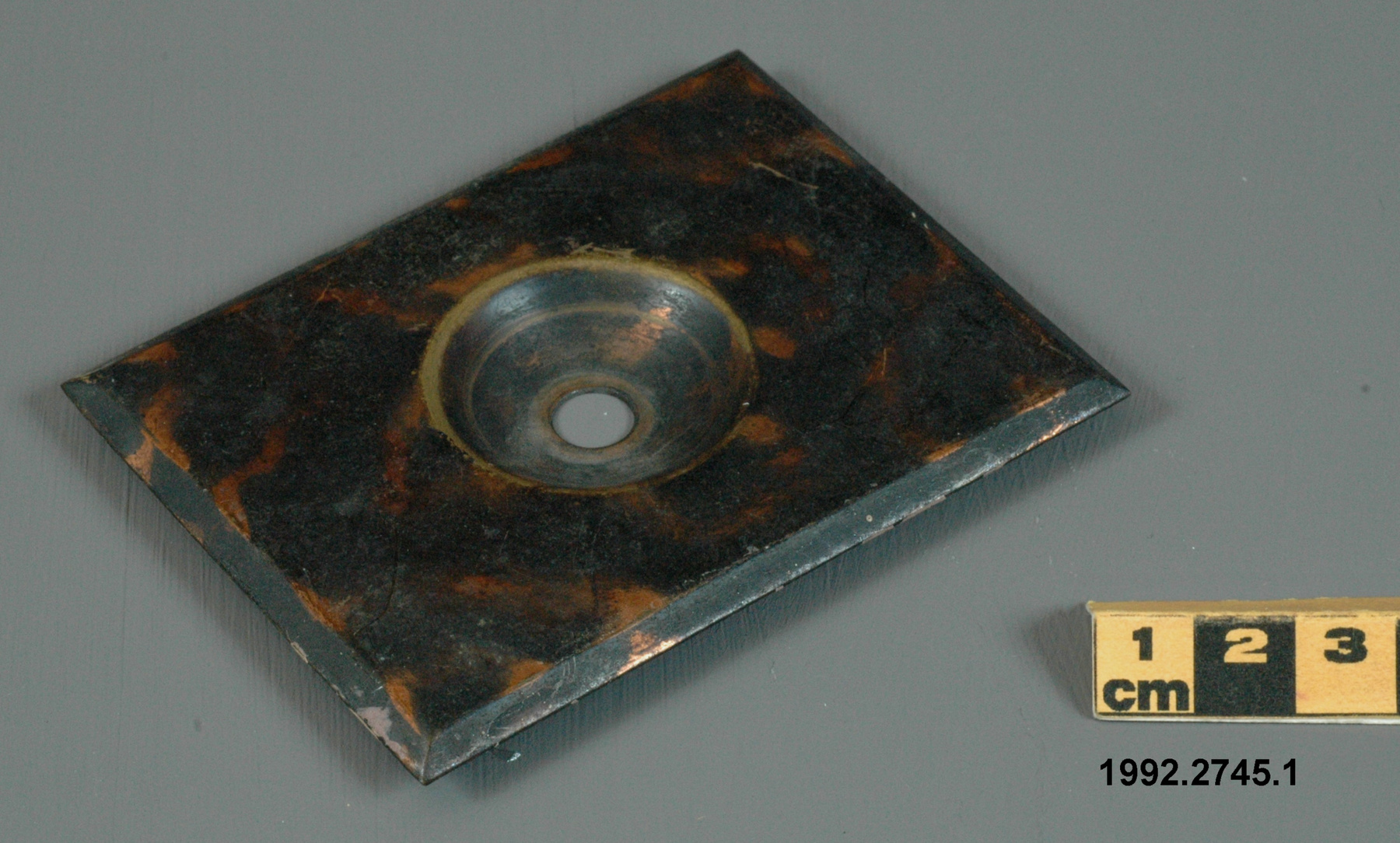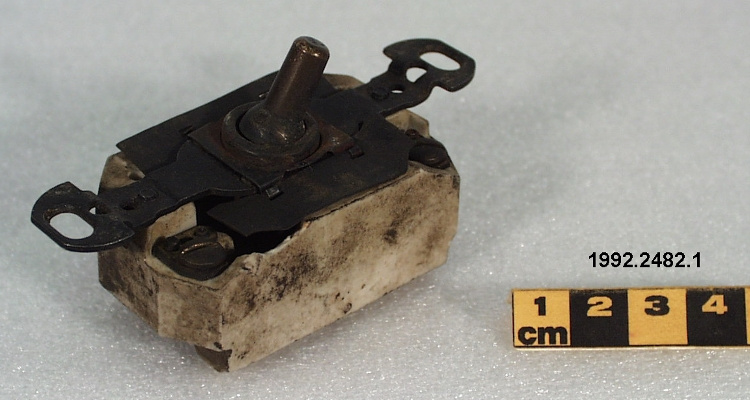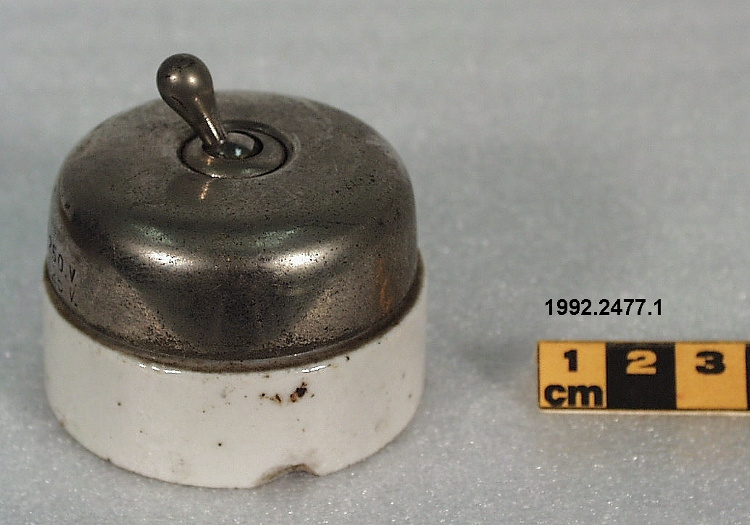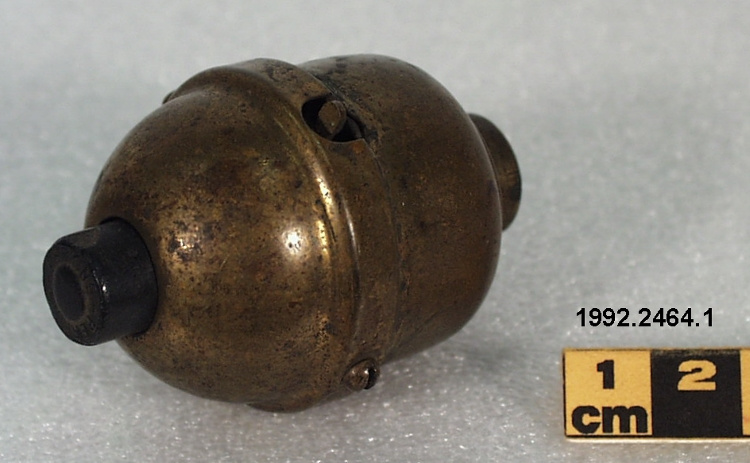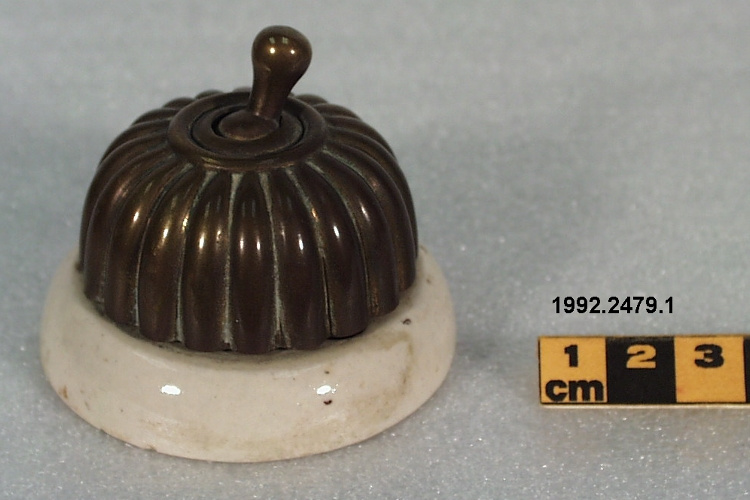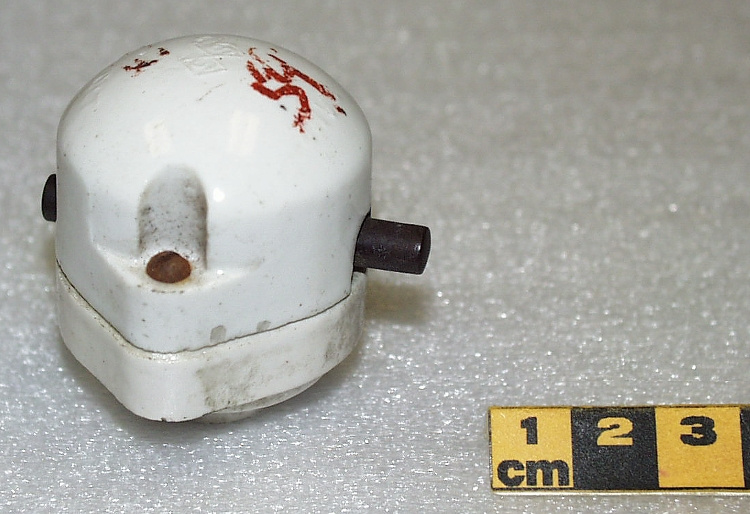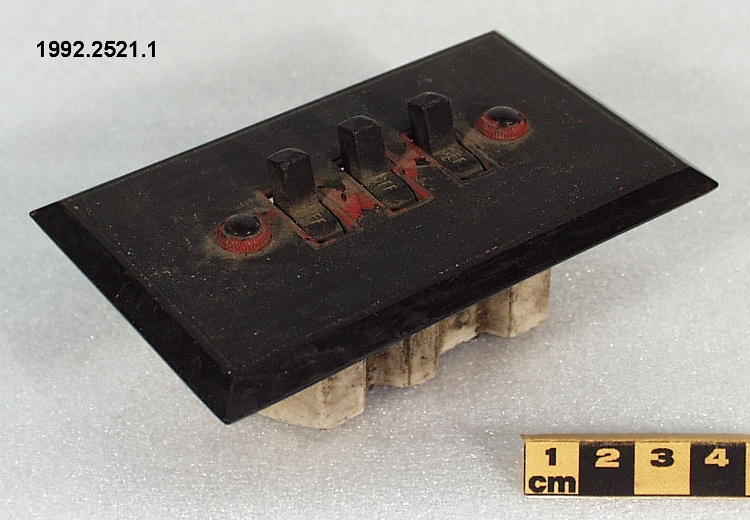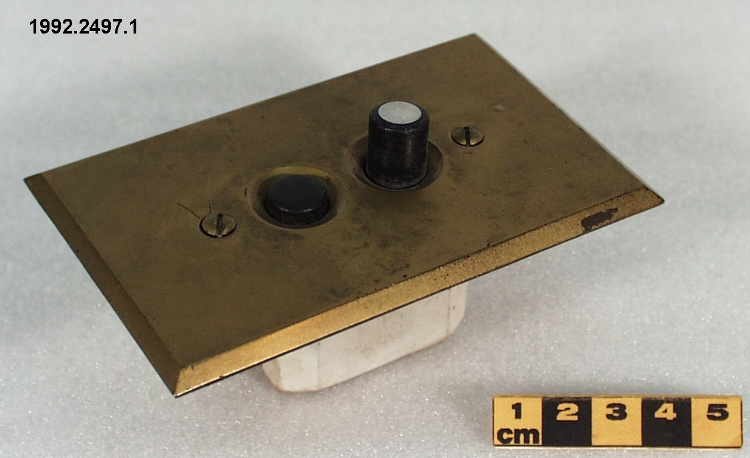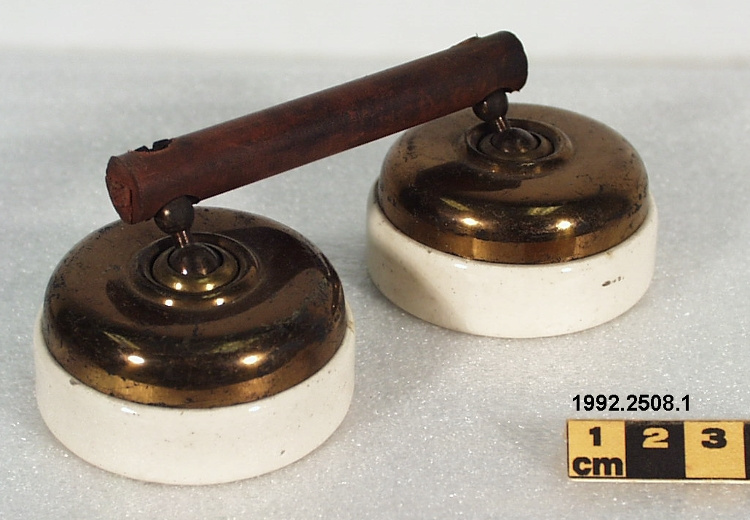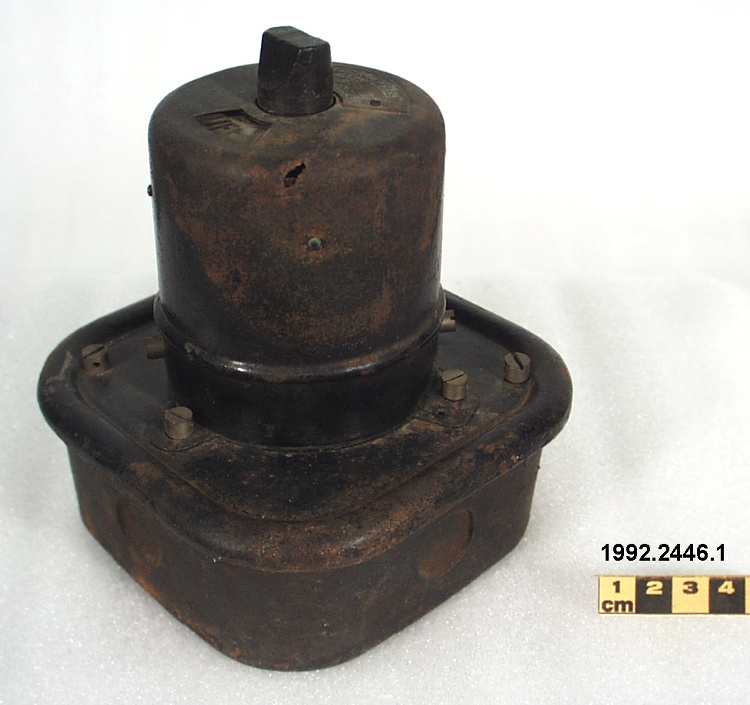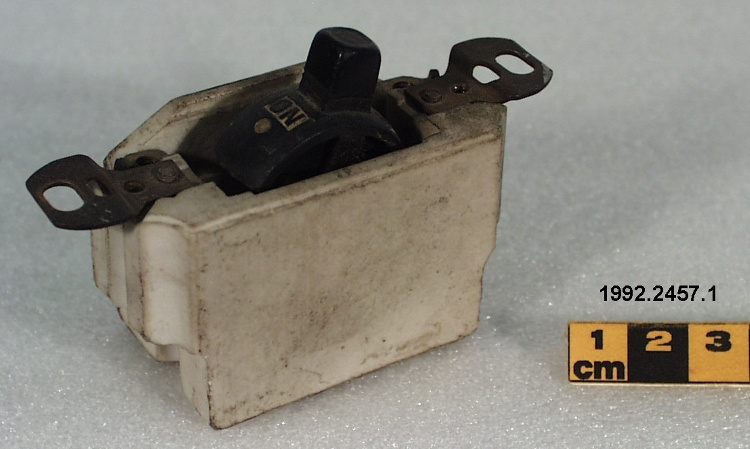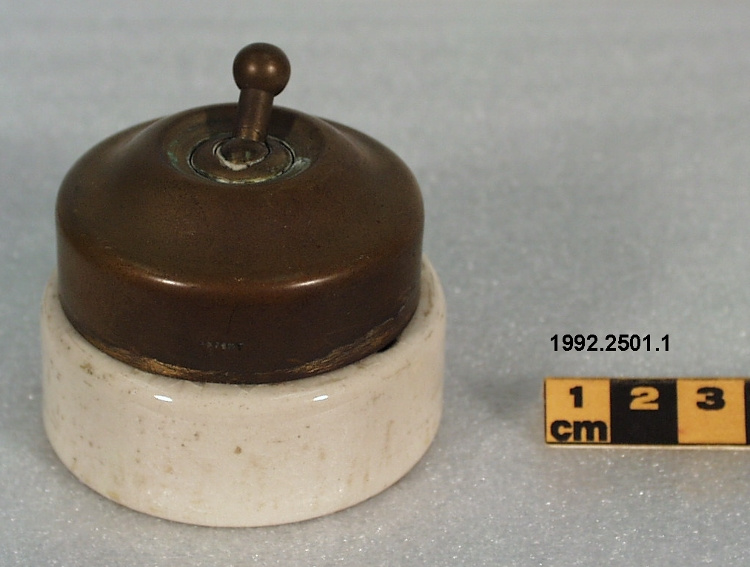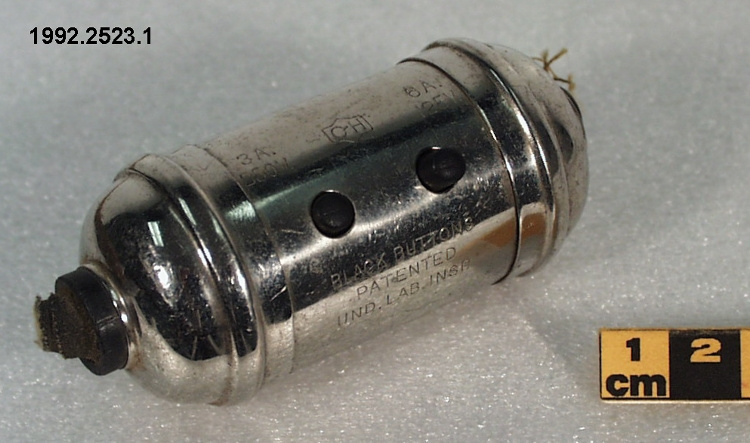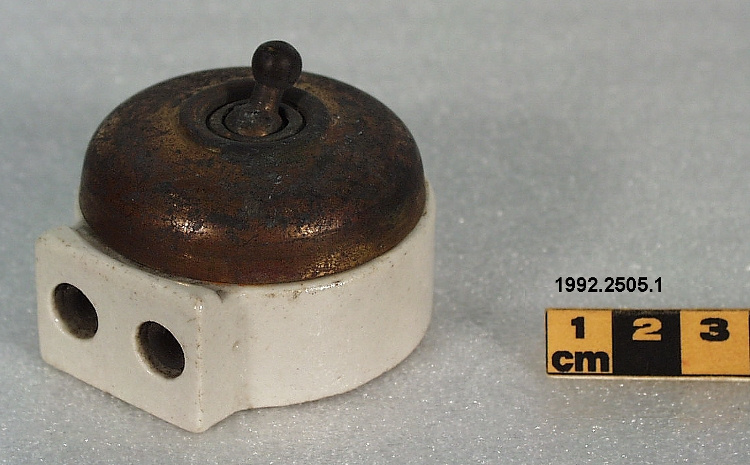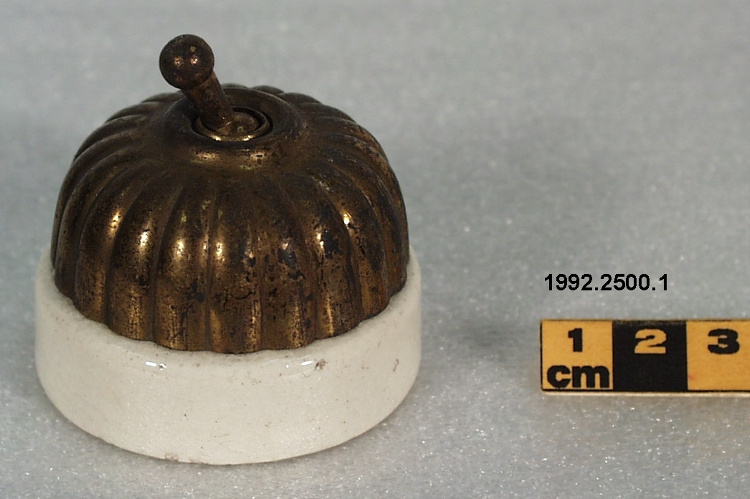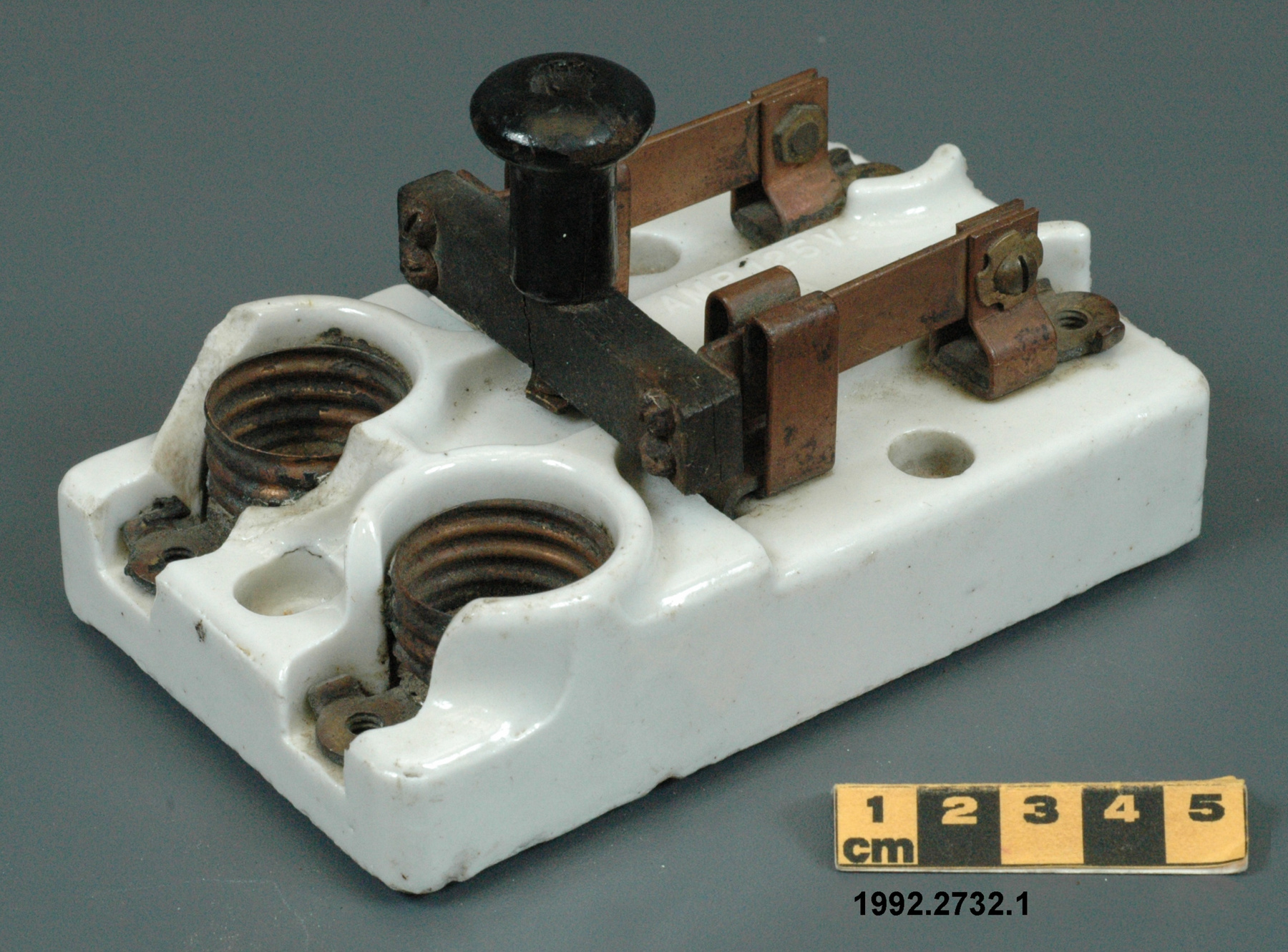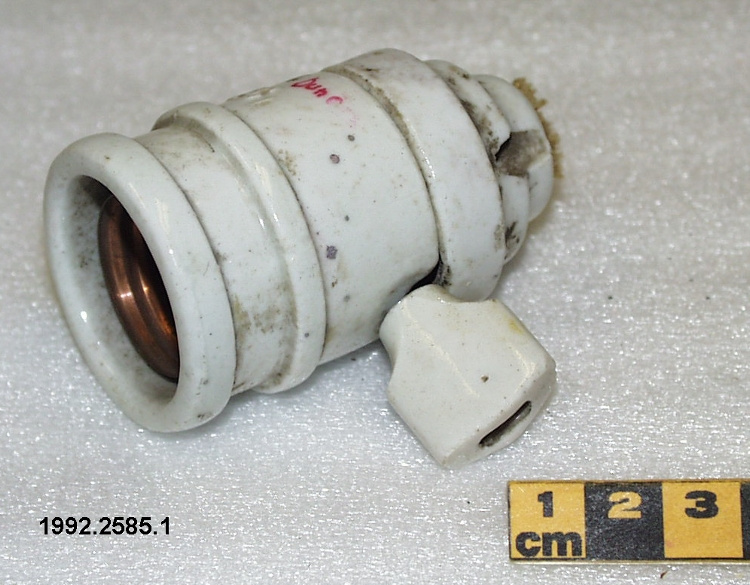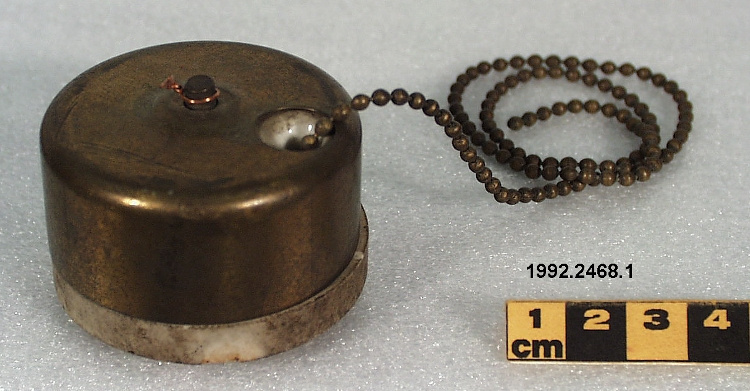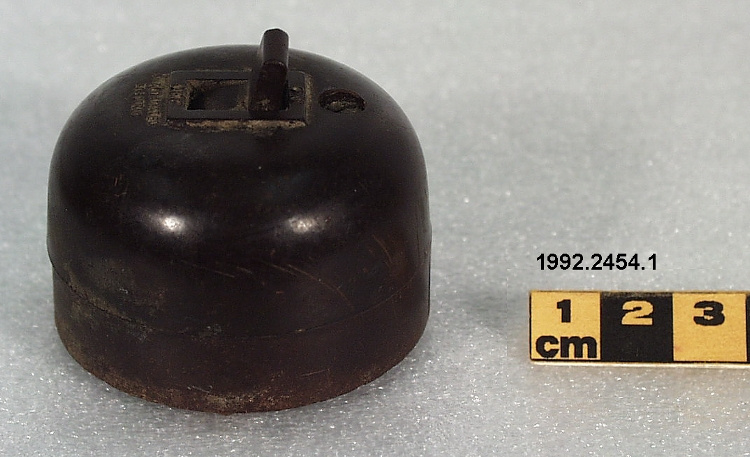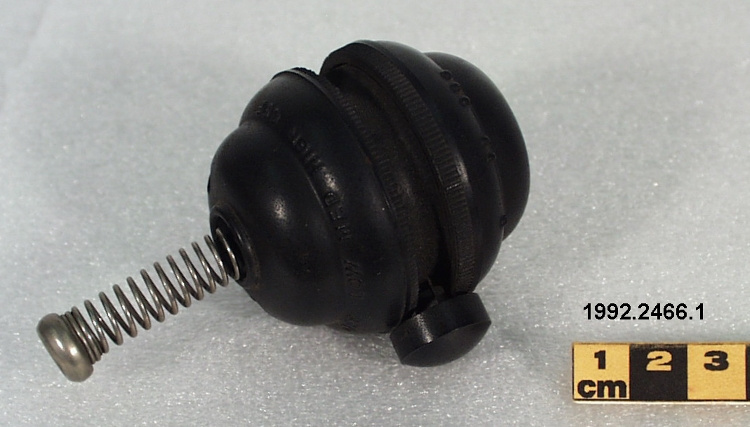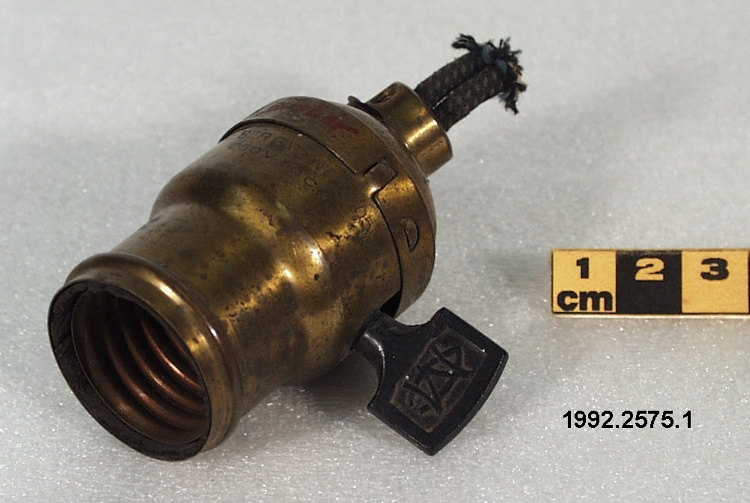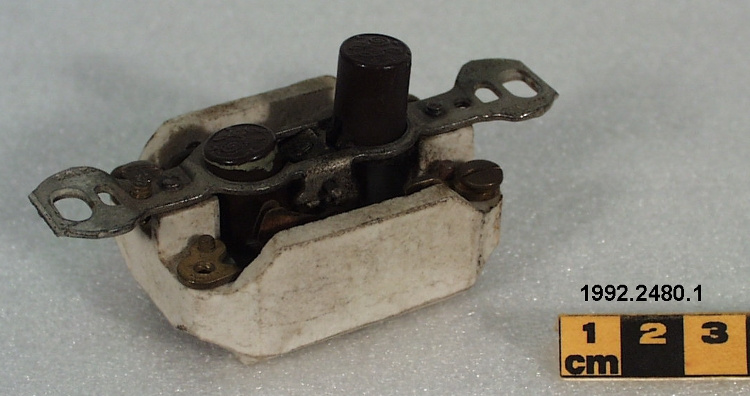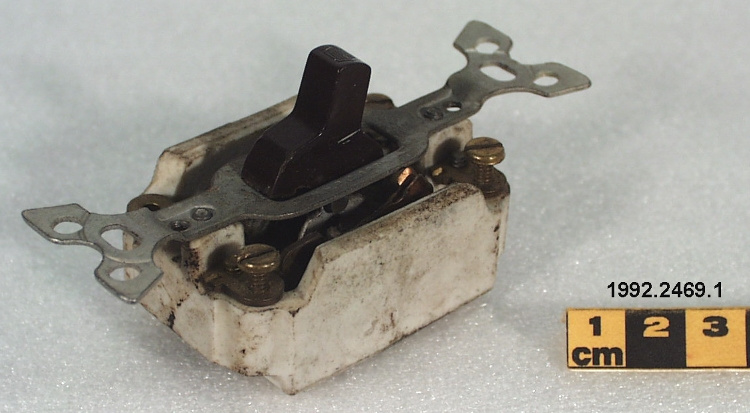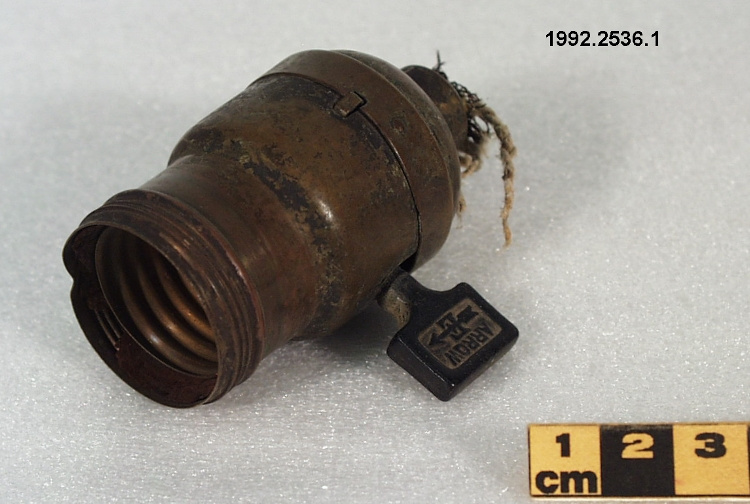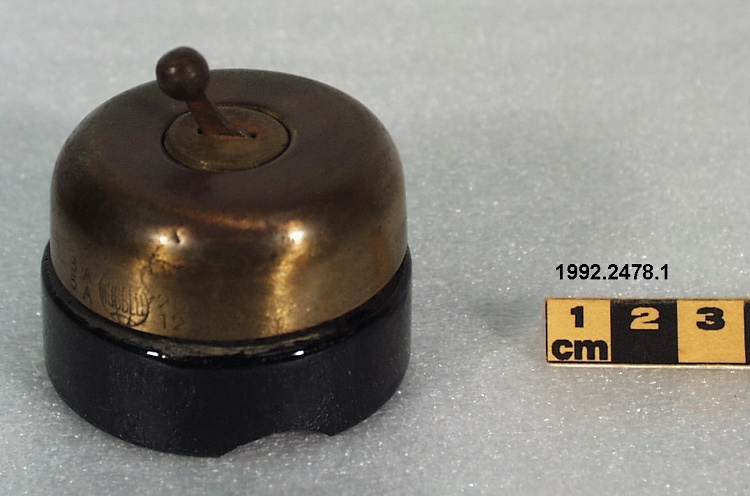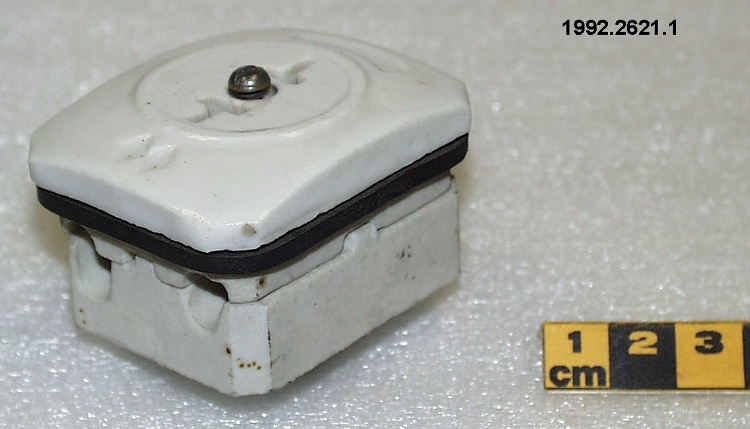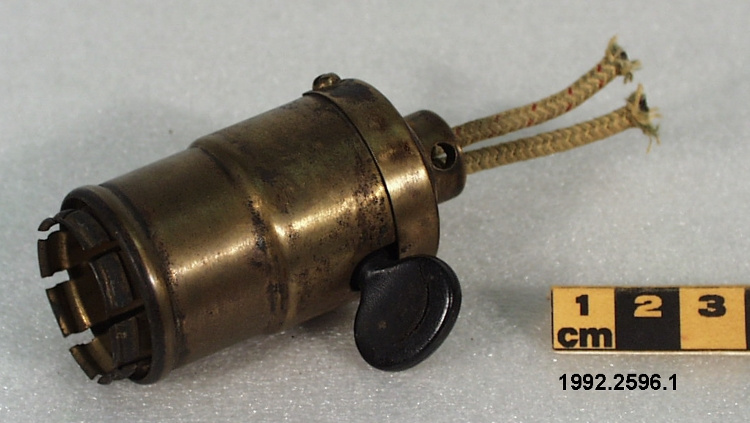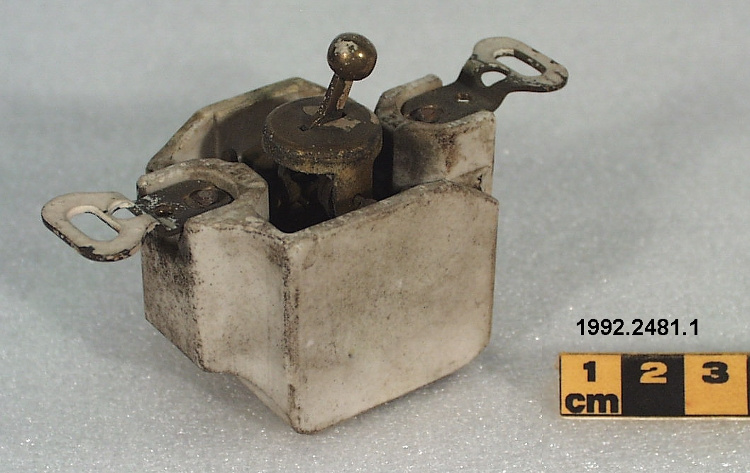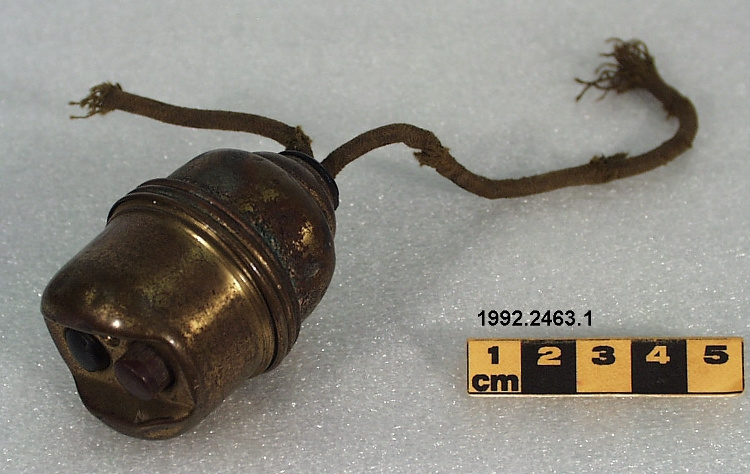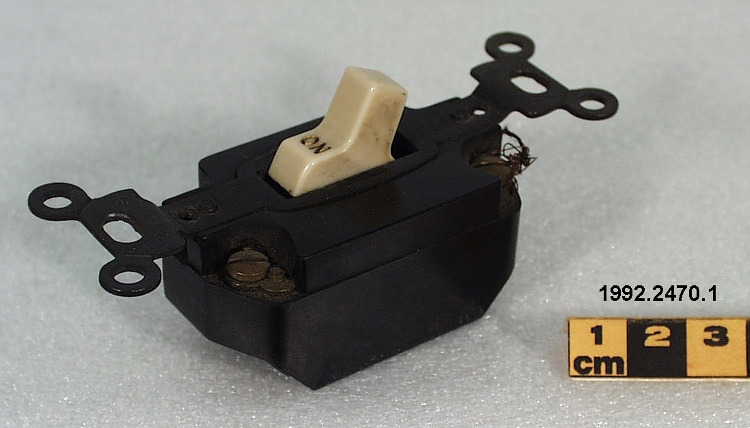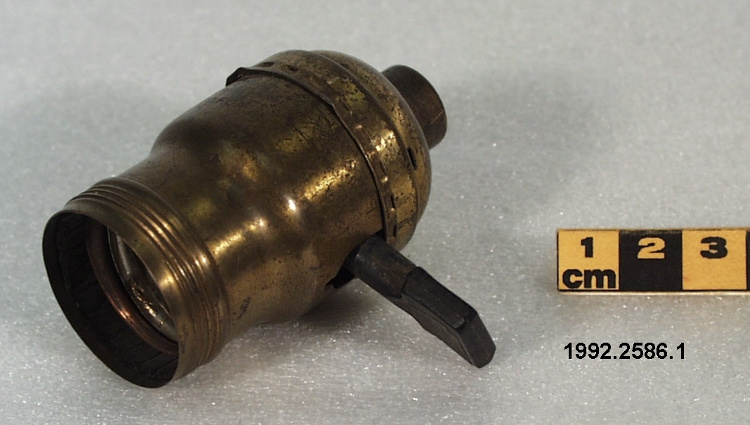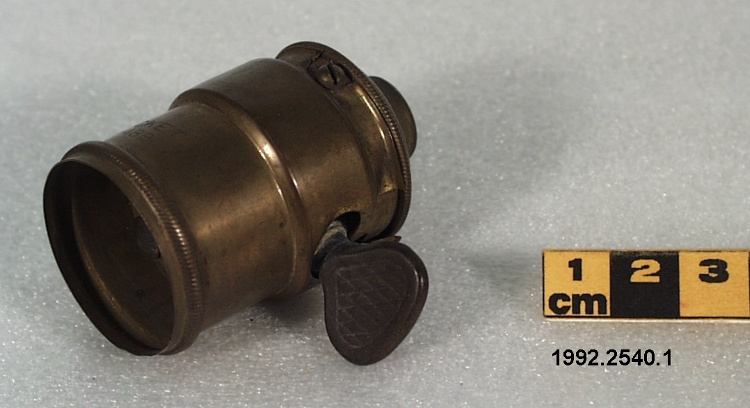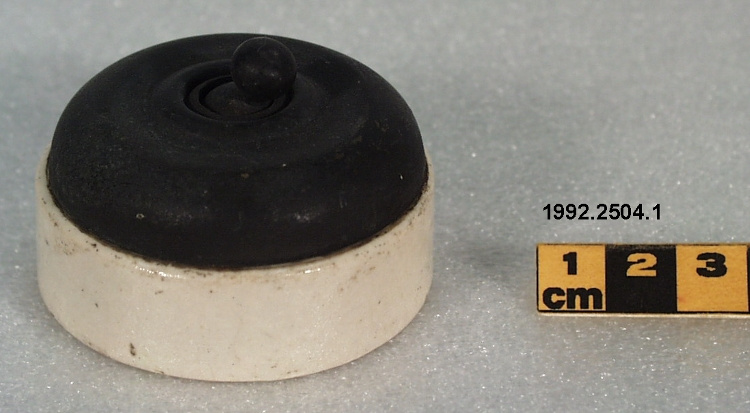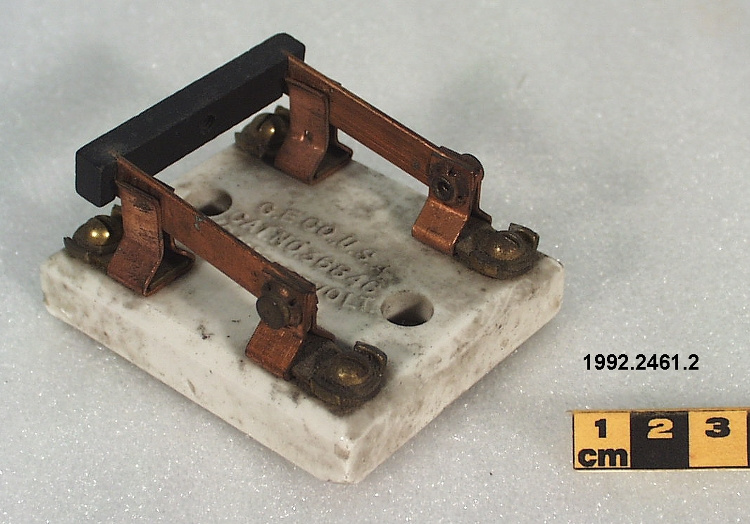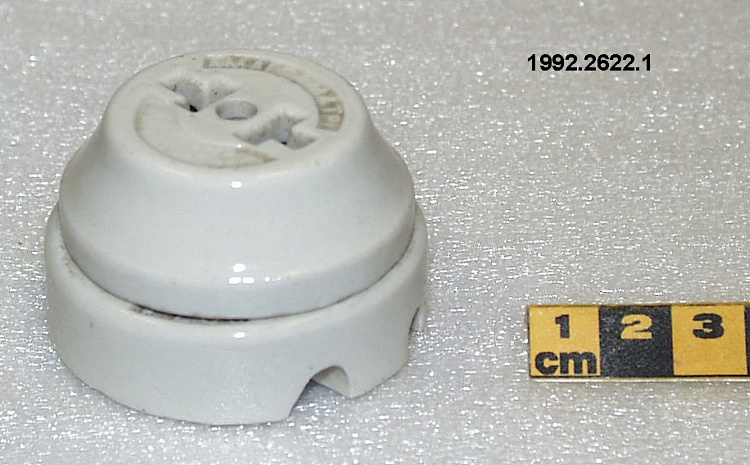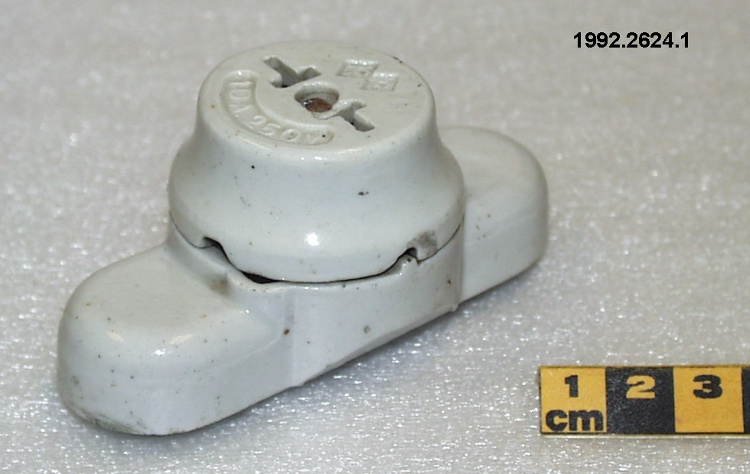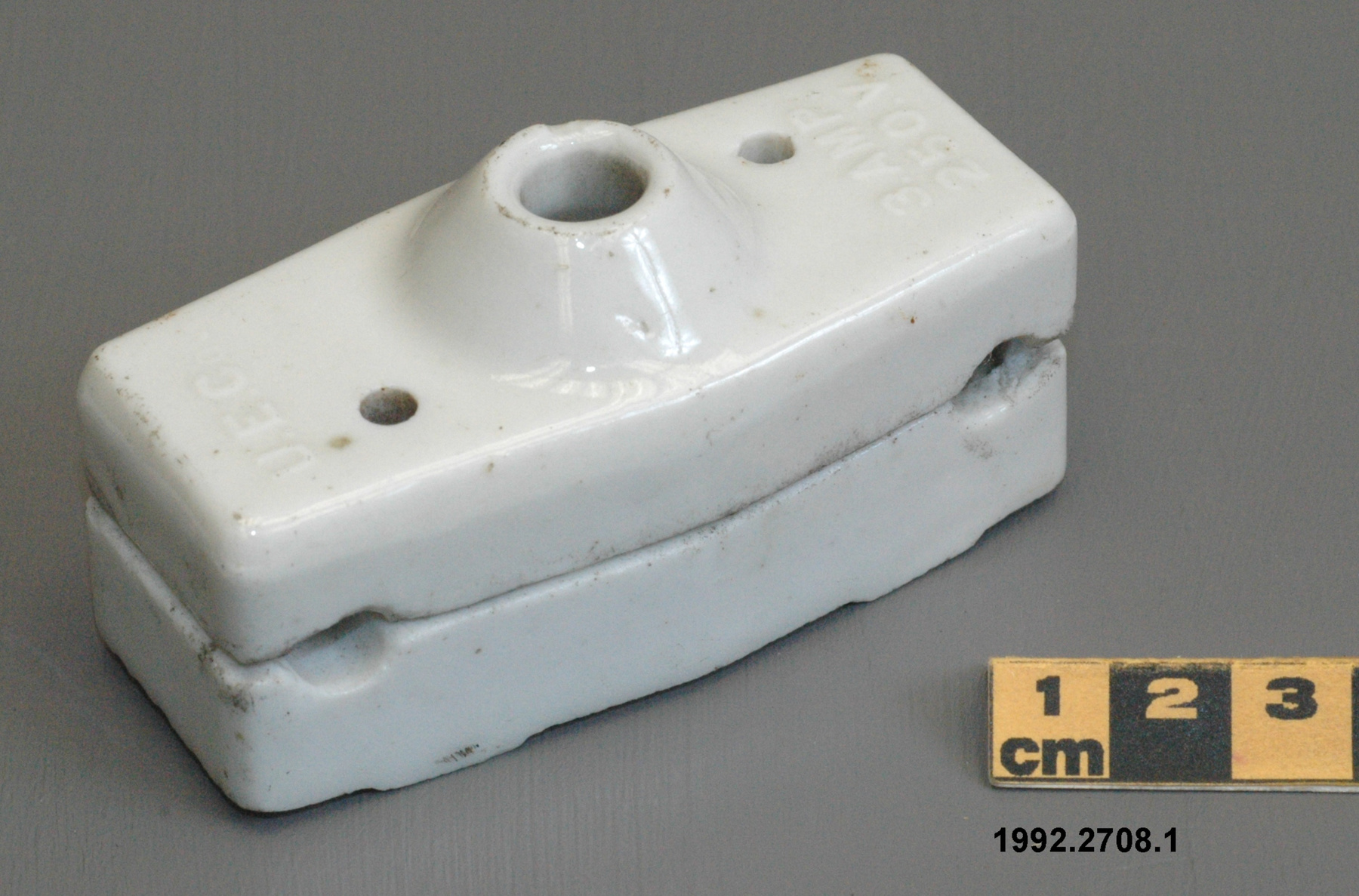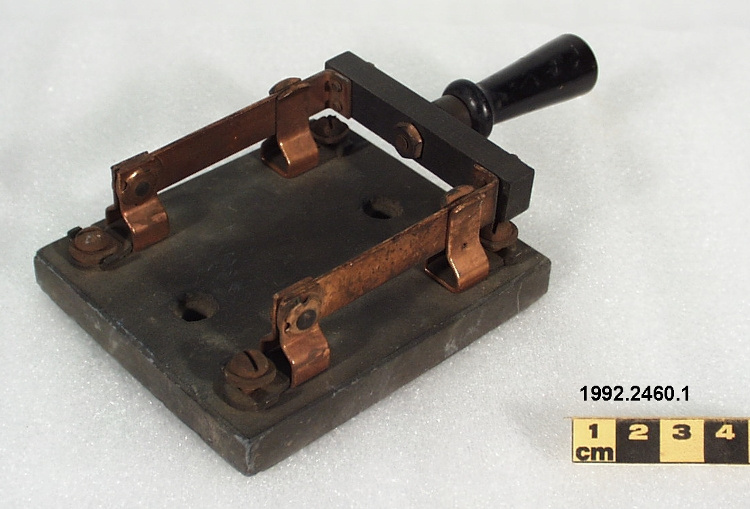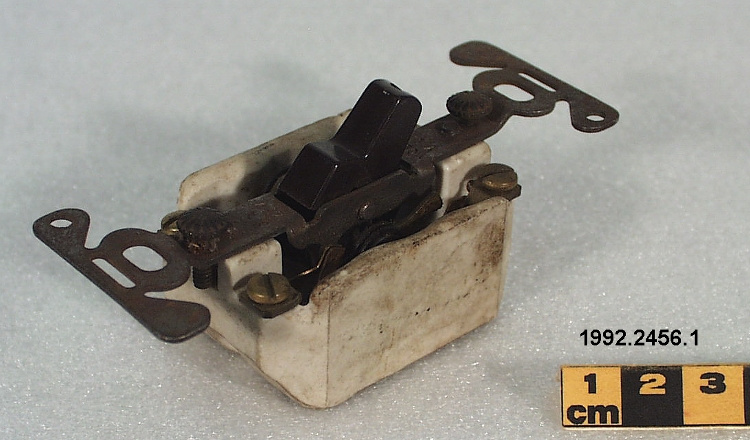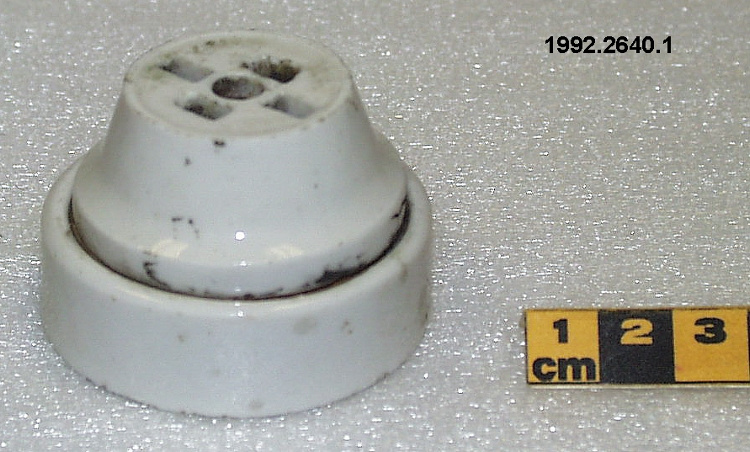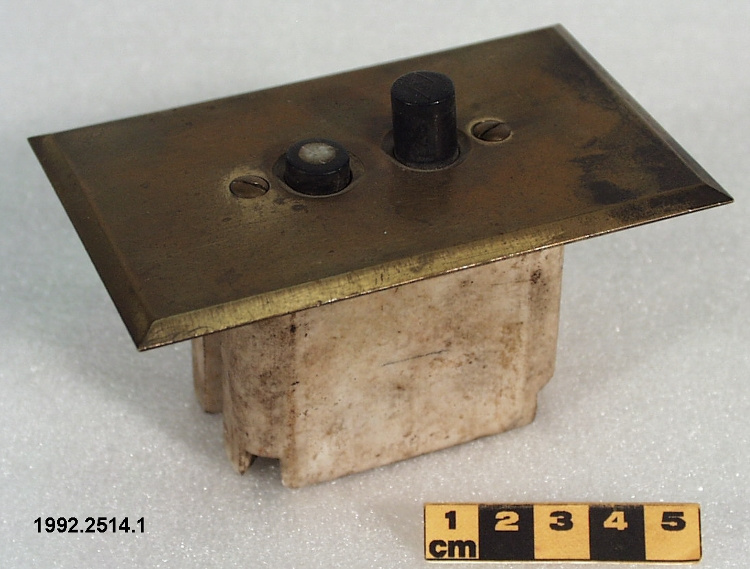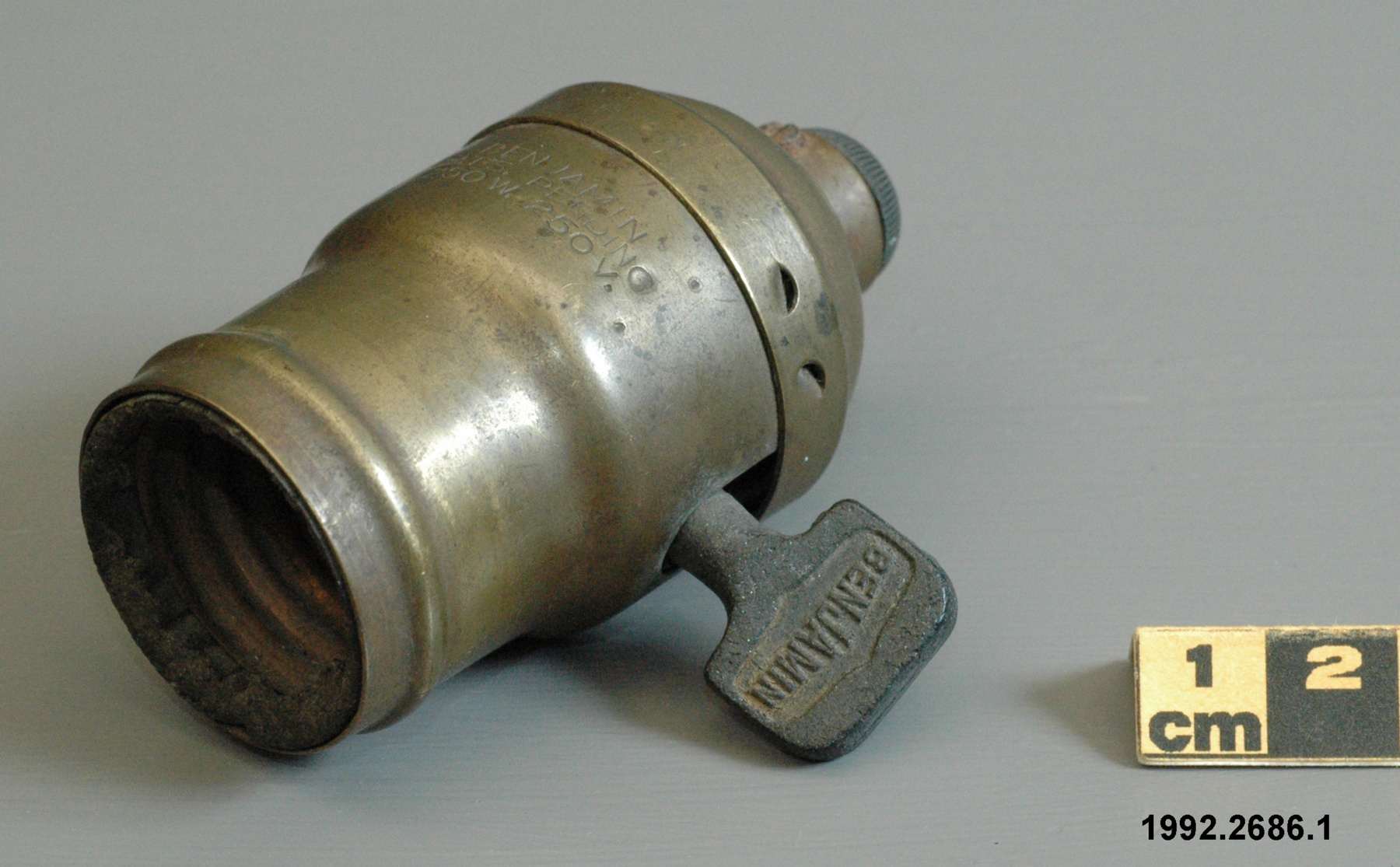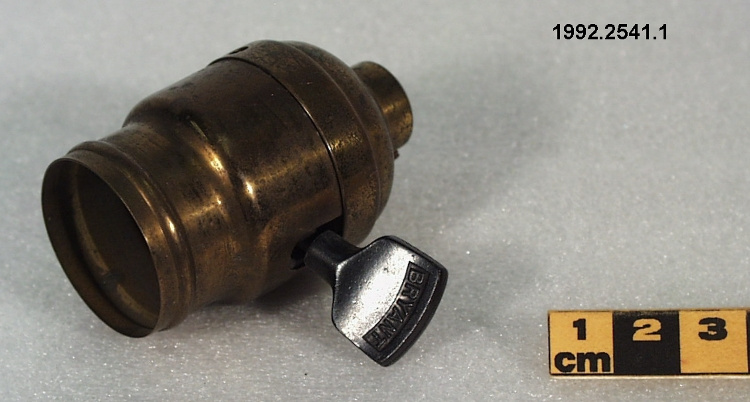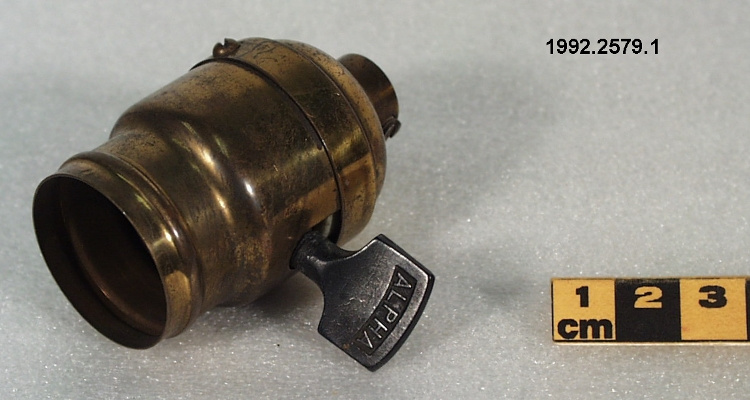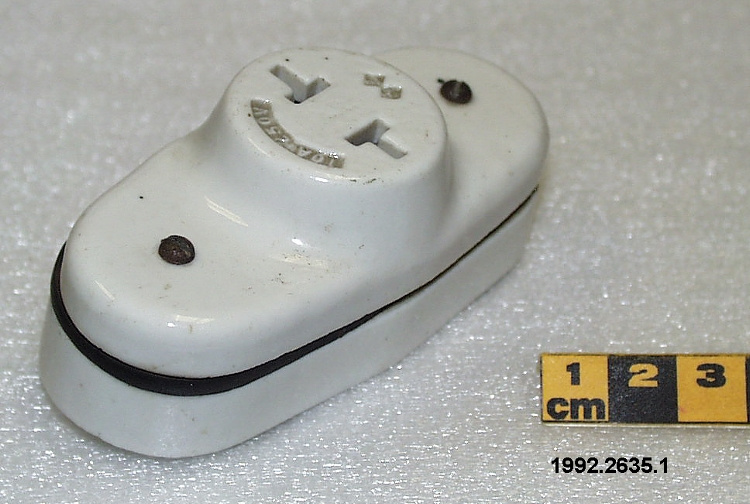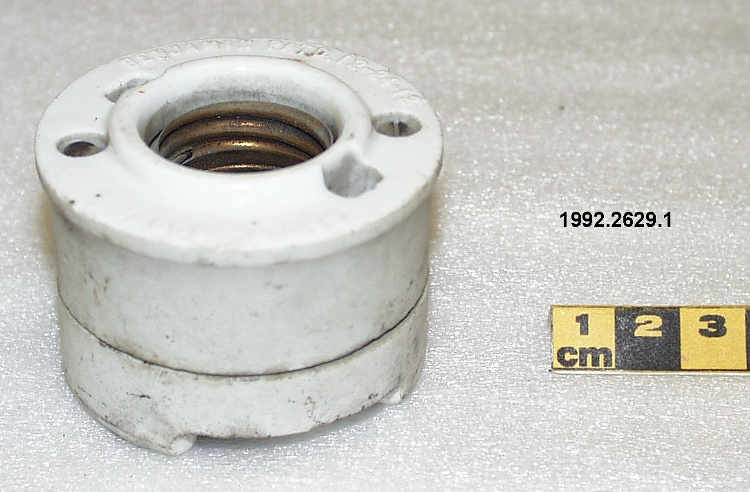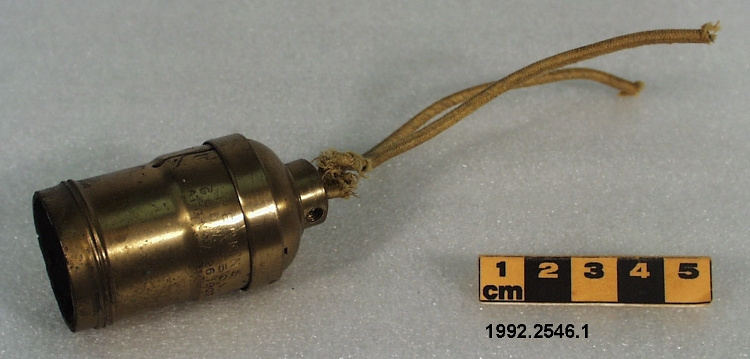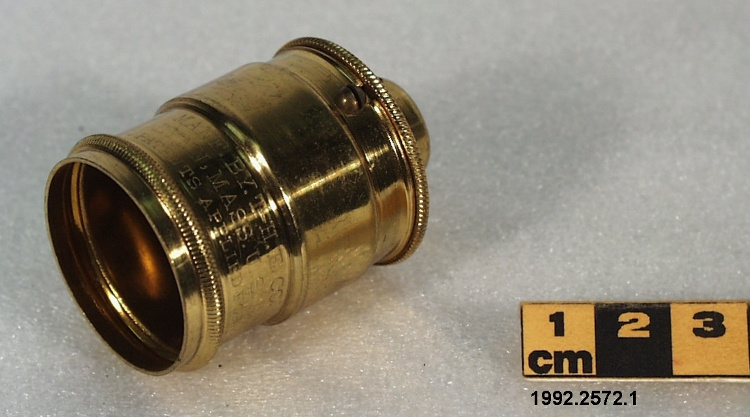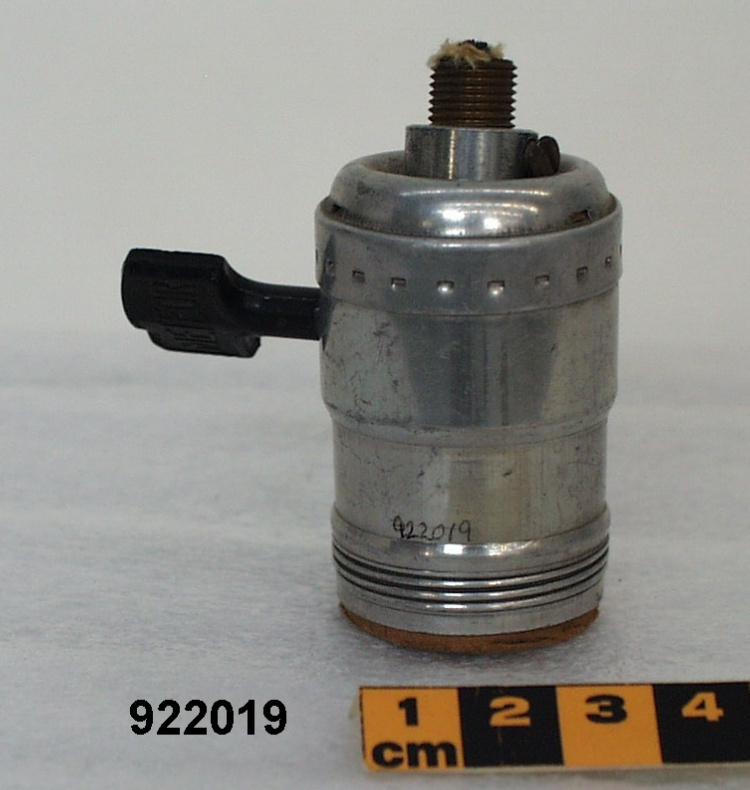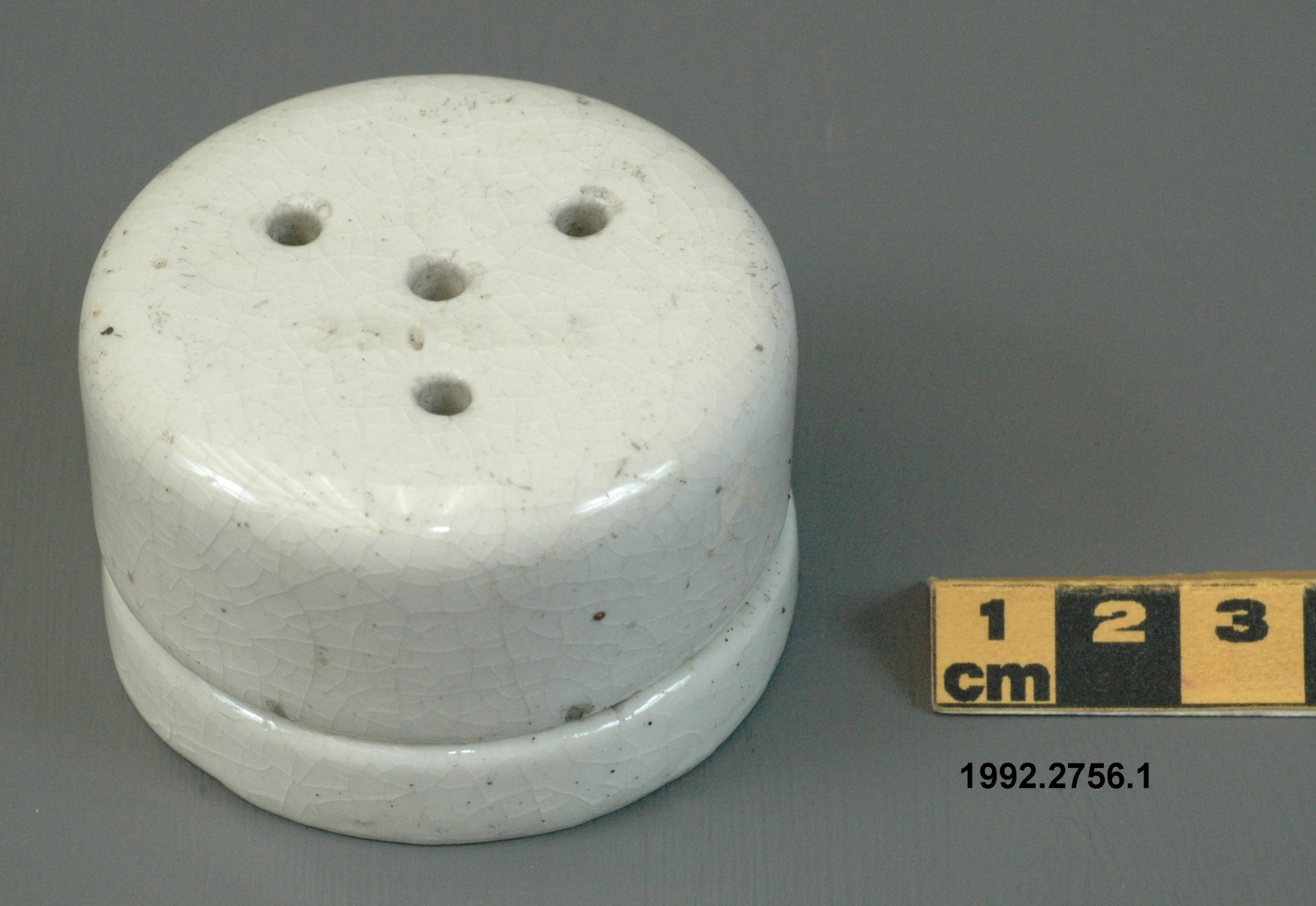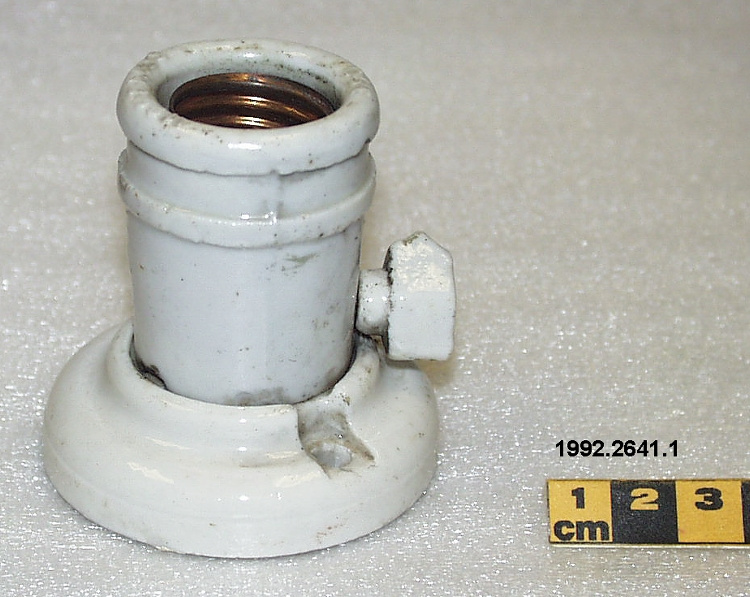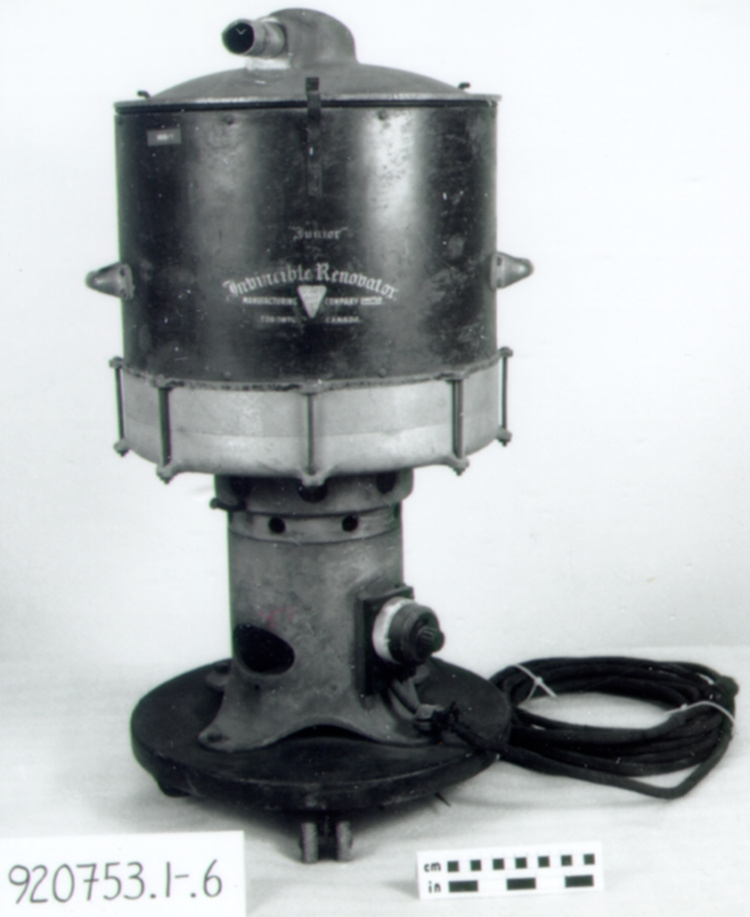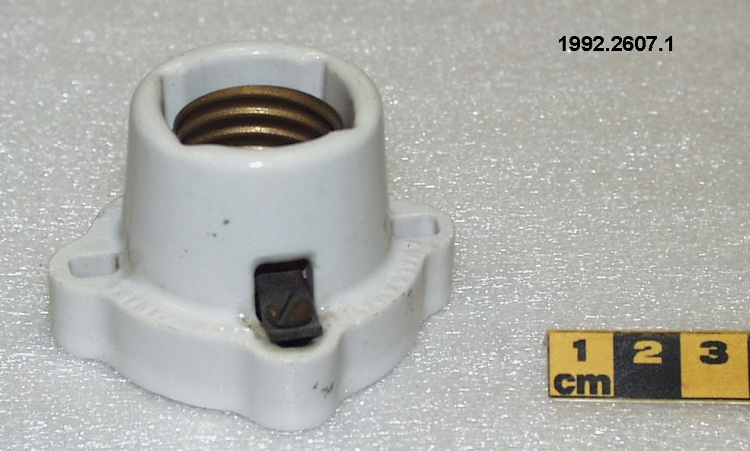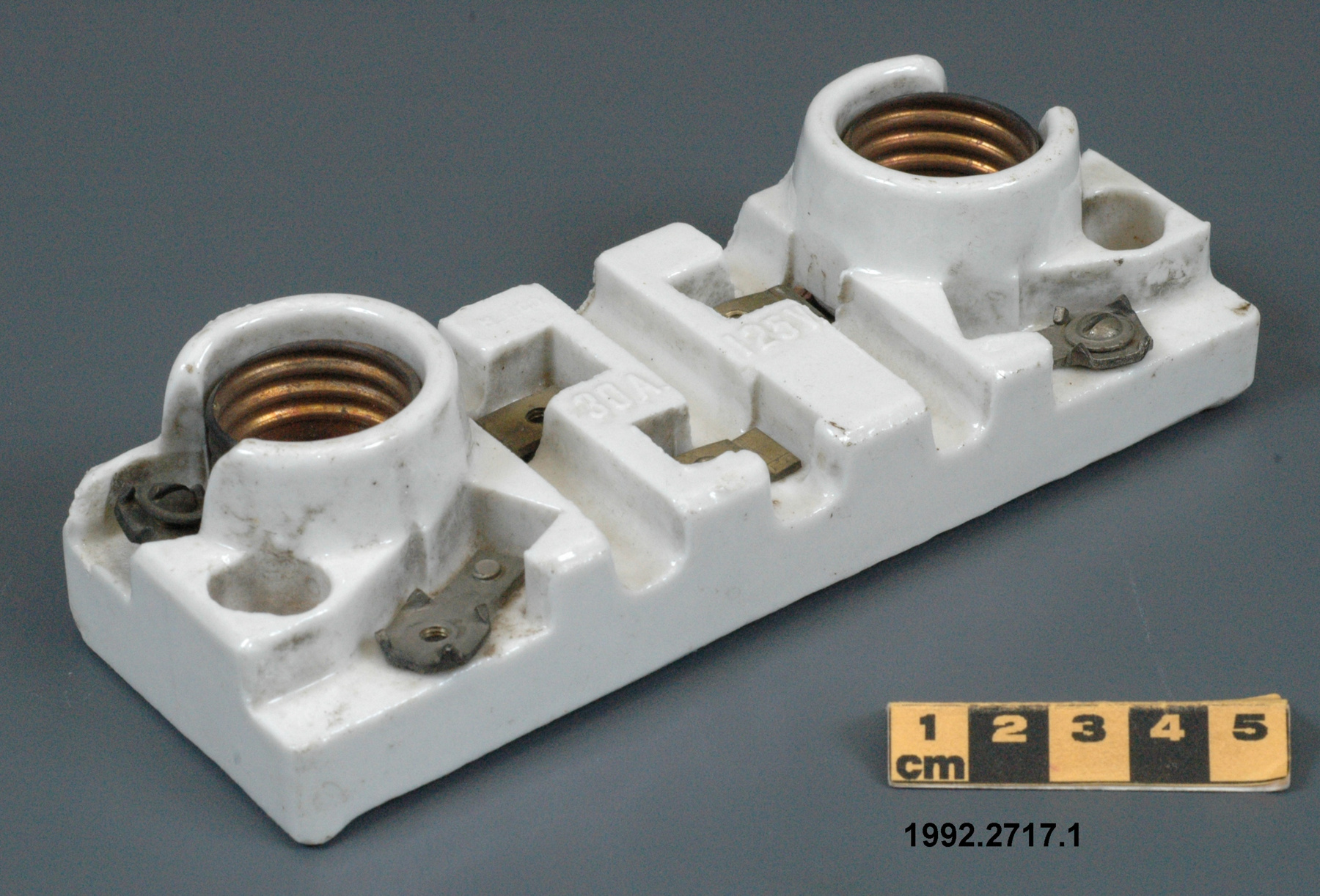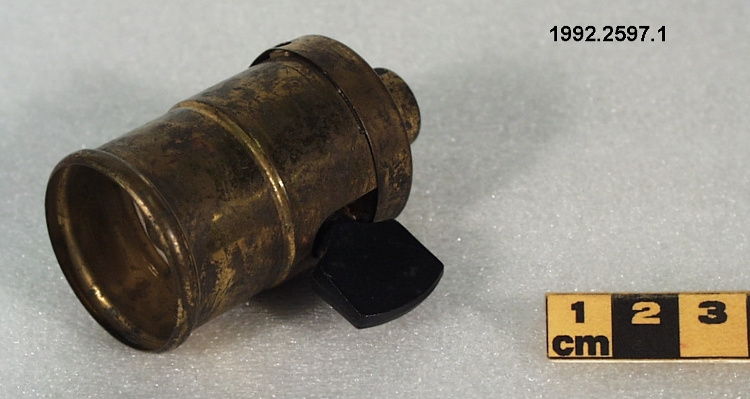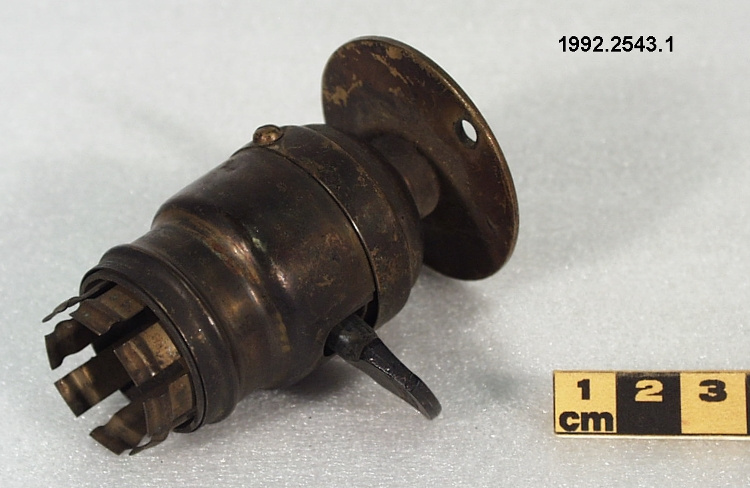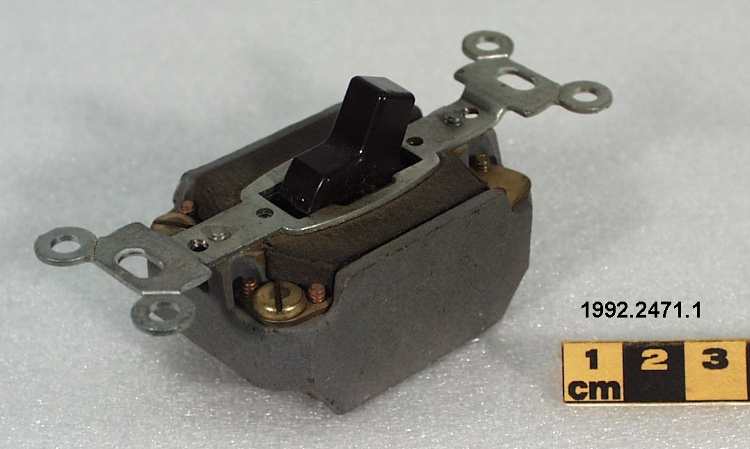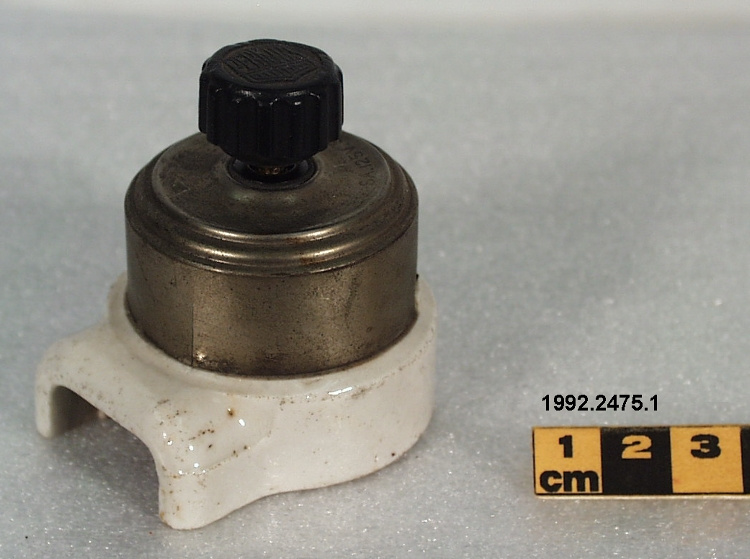Switch
Use this image
Can I reuse this image without permission? Yes
Object images on the Ingenium Collection’s portal have the following Creative Commons license:
Copyright Ingenium / CC BY-NC-ND (Attribution-NonCommercial 4.0 International (CC BY-NC 4.0)
ATTRIBUTE THIS IMAGE
Ingenium,
1992.2475.001
Permalink:
Ingenium is releasing this image under the Creative Commons licensing framework, and encourages downloading and reuse for non-commercial purposes. Please acknowledge Ingenium and cite the artifact number.
DOWNLOAD IMAGEPURCHASE THIS IMAGE
This image is free for non-commercial use.
For commercial use, please consult our Reproduction Fees and contact us to purchase the image.
- OBJECT TYPE
- turn/rotary
- DATE
- 1912
- ARTIFACT NUMBER
- 1992.2475.001
- MANUFACTURER
- Perkins Electric Switch Mfg. Co.
- MODEL
- Unknown
- LOCATION
- Bridgeport, Connecticut, United States of America
More Information
General Information
- Serial #
- N/A
- Part Number
- 1
- Total Parts
- 1
- AKA
- N/A
- Patents
- N/A
- General Description
- porcelain base/ brass shell & parts/ hard rubber switch handle/ metal parts
Dimensions
Note: These reflect the general size for storage and are not necessarily representative of the object's true dimensions.
- Length
- 6.0 cm
- Width
- 5.2 cm
- Height
- 6.0 cm
- Thickness
- N/A
- Weight
- N/A
- Diameter
- N/A
- Volume
- N/A
Lexicon
- Group
- Energy-electric
- Category
- User site
- Sub-Category
- N/A
Manufacturer
- AKA
- Perkins
- Country
- United States of America
- State/Province
- Connecticut
- City
- Bridgeport
Context
- Country
- North America
- State/Province
- Unknown
- Period
- circa 1912+
- Canada
-
An American made switch of a type used in Canadian households. Part of a large & varied collection of over 7500 electrical items acquired & documented by Ontario Hydro in the 1960s. The collection was thought to be the largest & most comprehensive of its kind in Canada & was donated to the National Museum of Science & Technology in 1992. - Function
-
An electrical wiring device used to make or break a connection in an electrical circuit, specifically in domestic circuits. - Technical
-
An example of a rotary switch, turned in one direction to give on-off-on-off alternately. From 1880 to 1890 the great majority of switches were of the turn type. Edison was one of the very first to give serious attention to the question of the branch switch. Out of the many possible movements, he chose that of turning, partly through its association with the gas tap. He thought that it would be a good selling point to allow his customers to turn electricity on or off in the same manner as they were accustomed to dealing with gas (Ref. 3). This type would have been used with metal moulding, which was used from c. 1910 to conceal exposed wires. Wooden cleats were no longer used by 1916, except in factories or for temporary work (Ref. 1). - Area Notes
-
Unknown
Details
- Markings
- raised logo on switch handle reads "PERKINS"/ incised lettering on shell reads "PERKINS/ 5A.125V. 3.A 250V."/ raised lettering on underside of base reads "THE P.E.S. MFG. CO. PATENT SEPT 17, 1912
- Missing
- appears complete
- Finish
- partially glazed white porcelain/ nickel shell/ black switch handle
- Decoration
- N/A
CITE THIS OBJECT
If you choose to share our information about this collection object, please cite:
Perkins Electric Switch Mfg. Co., Switch, after 1912, Artifact no. 1992.2475, Ingenium – Canada’s Museums of Science and Innovation, http://collections.ingeniumcanada.org/en/id/1992.2475.001/
FEEDBACK
Submit a question or comment about this artifact.
More Like This
